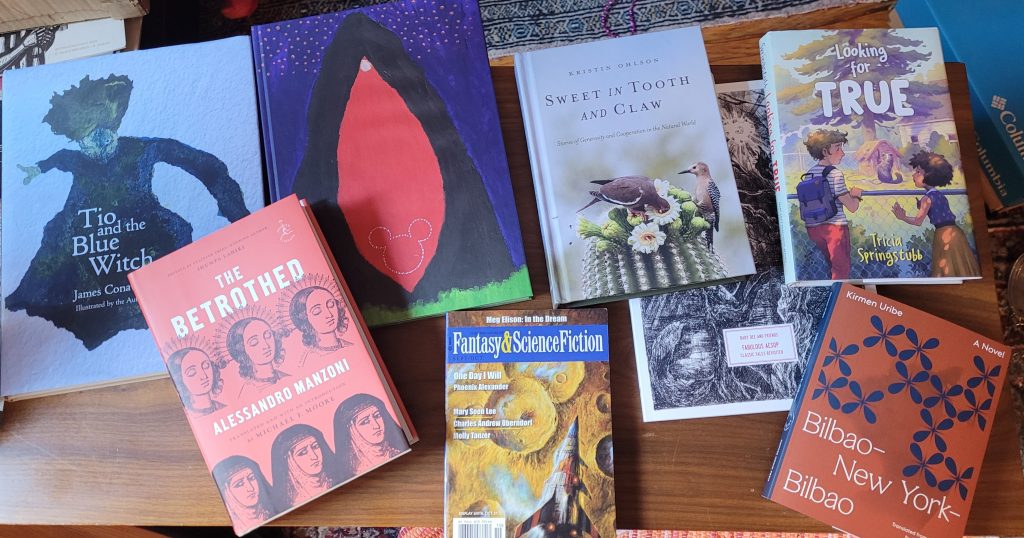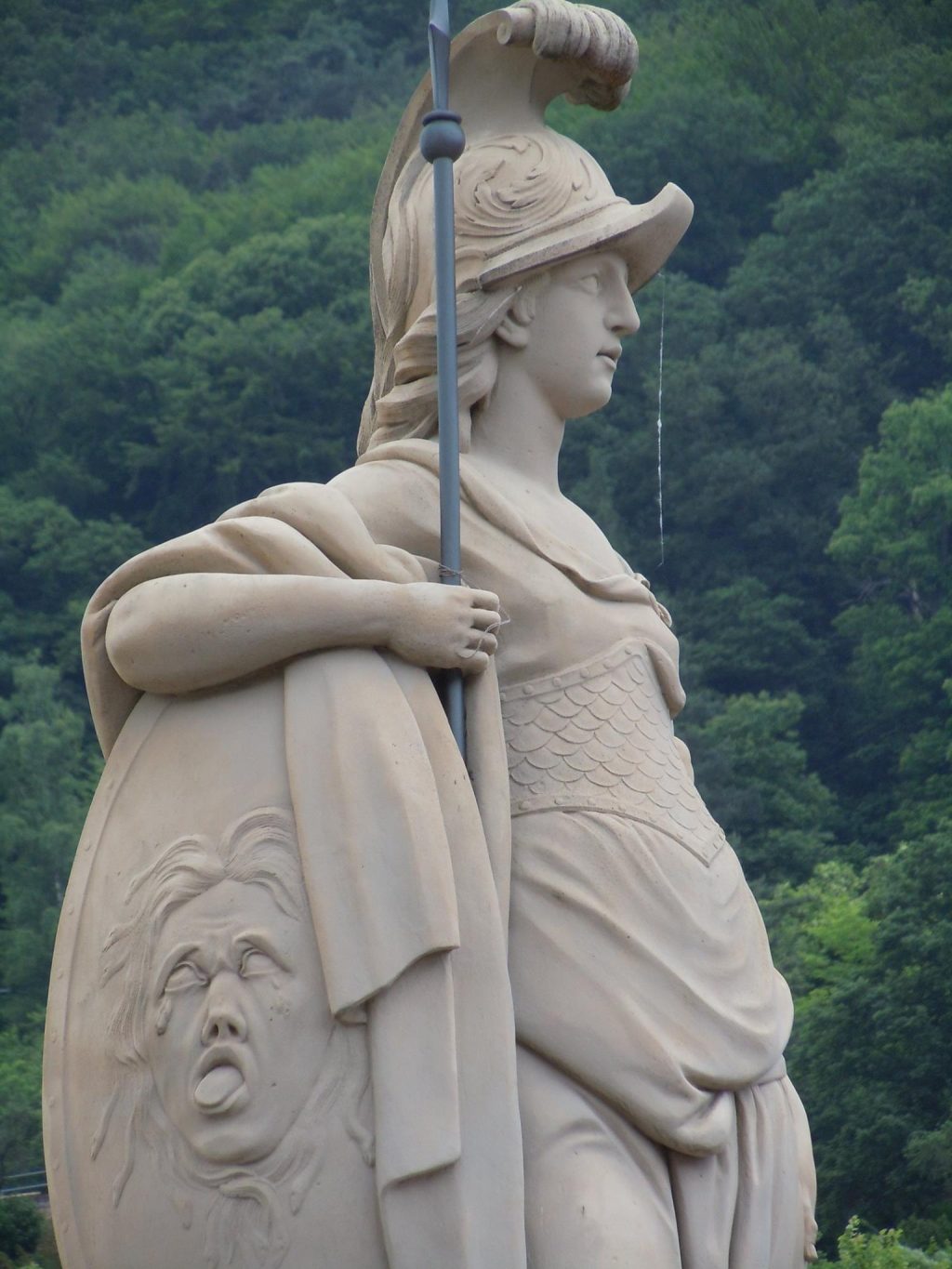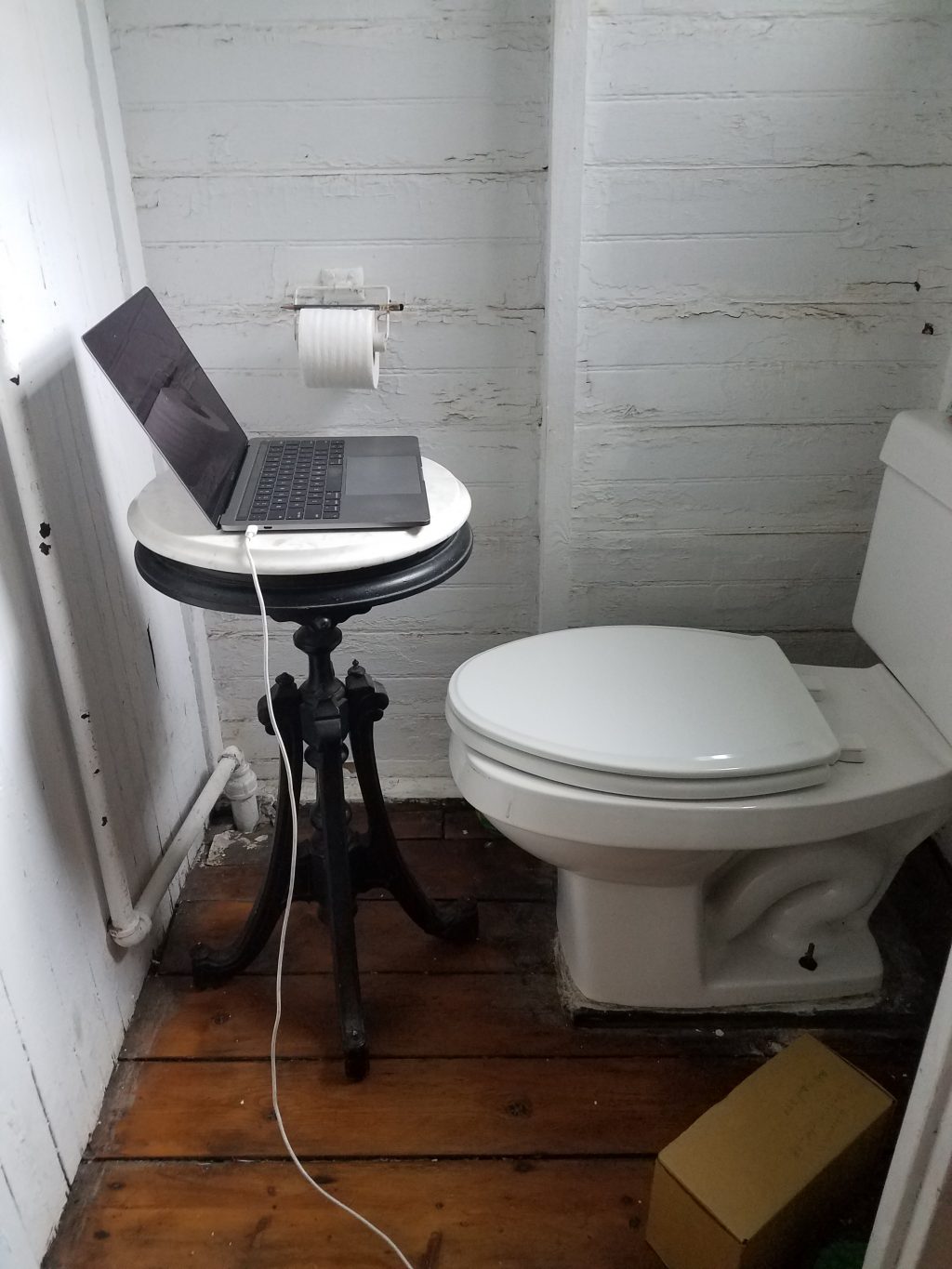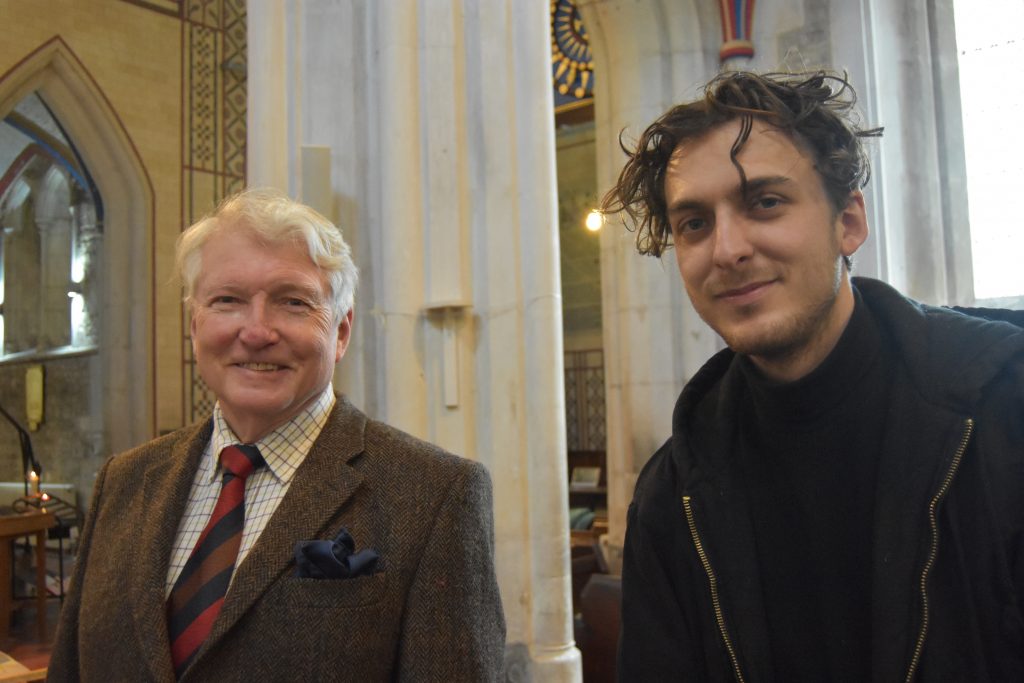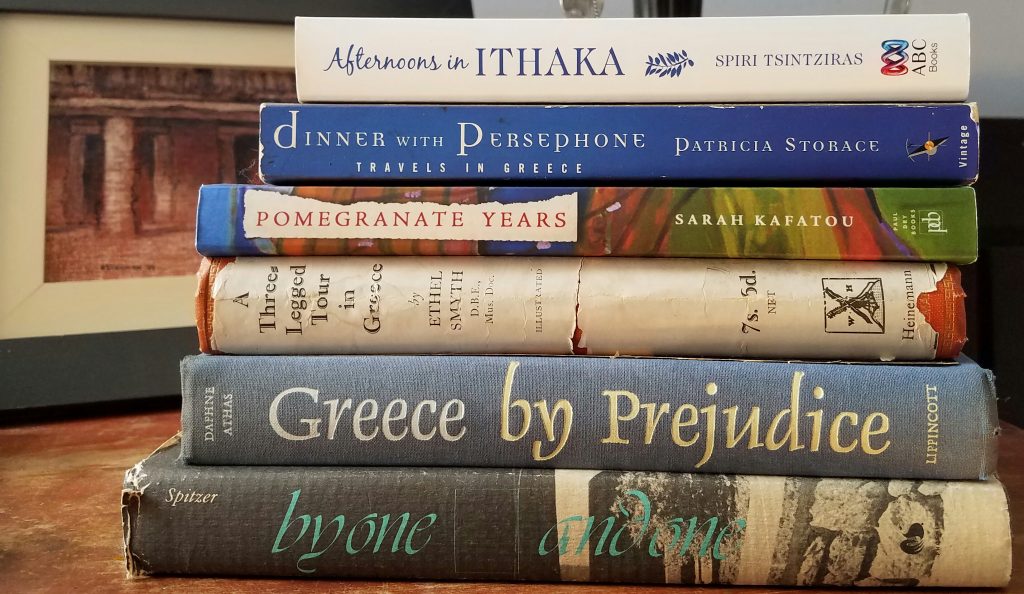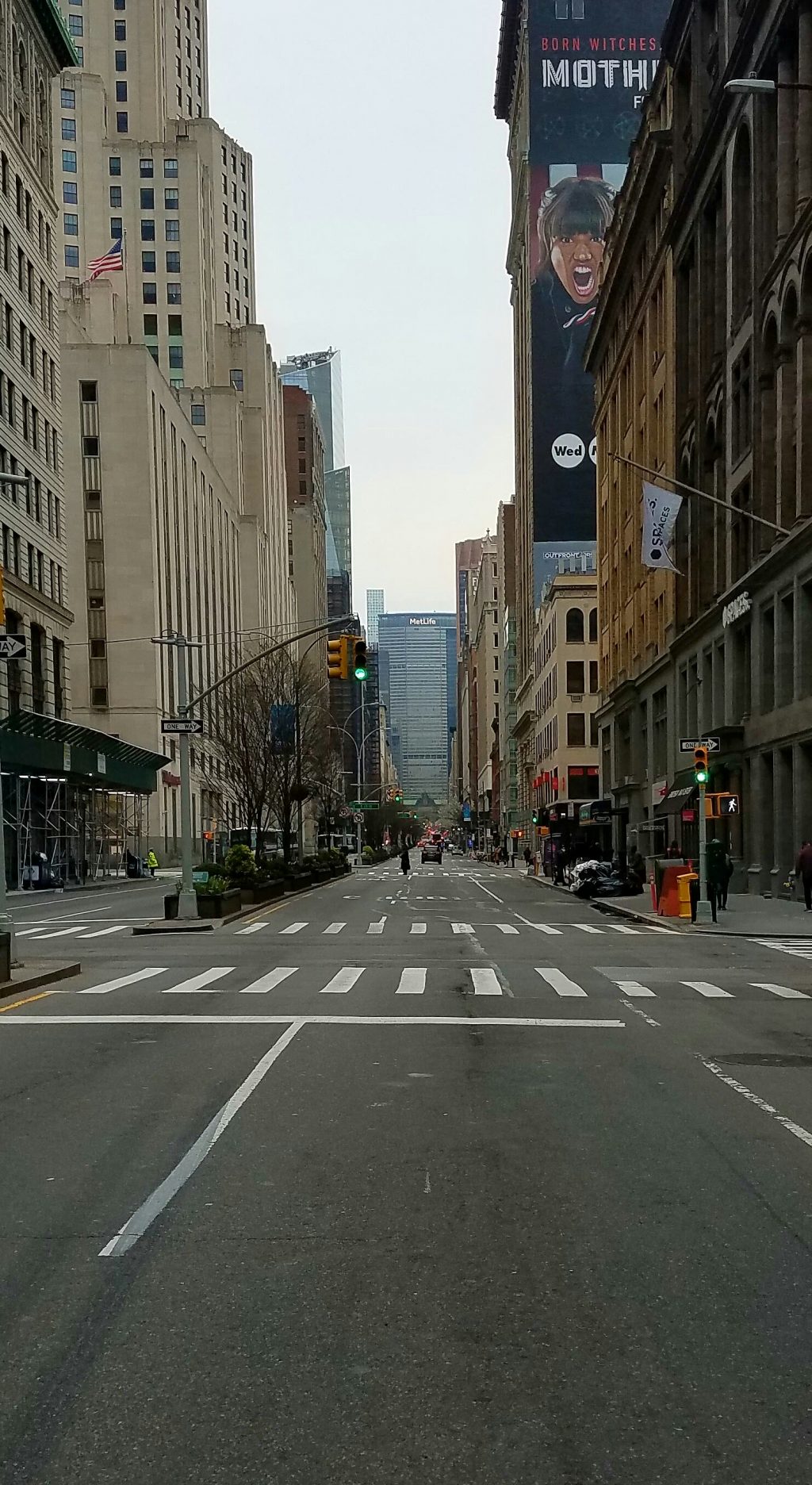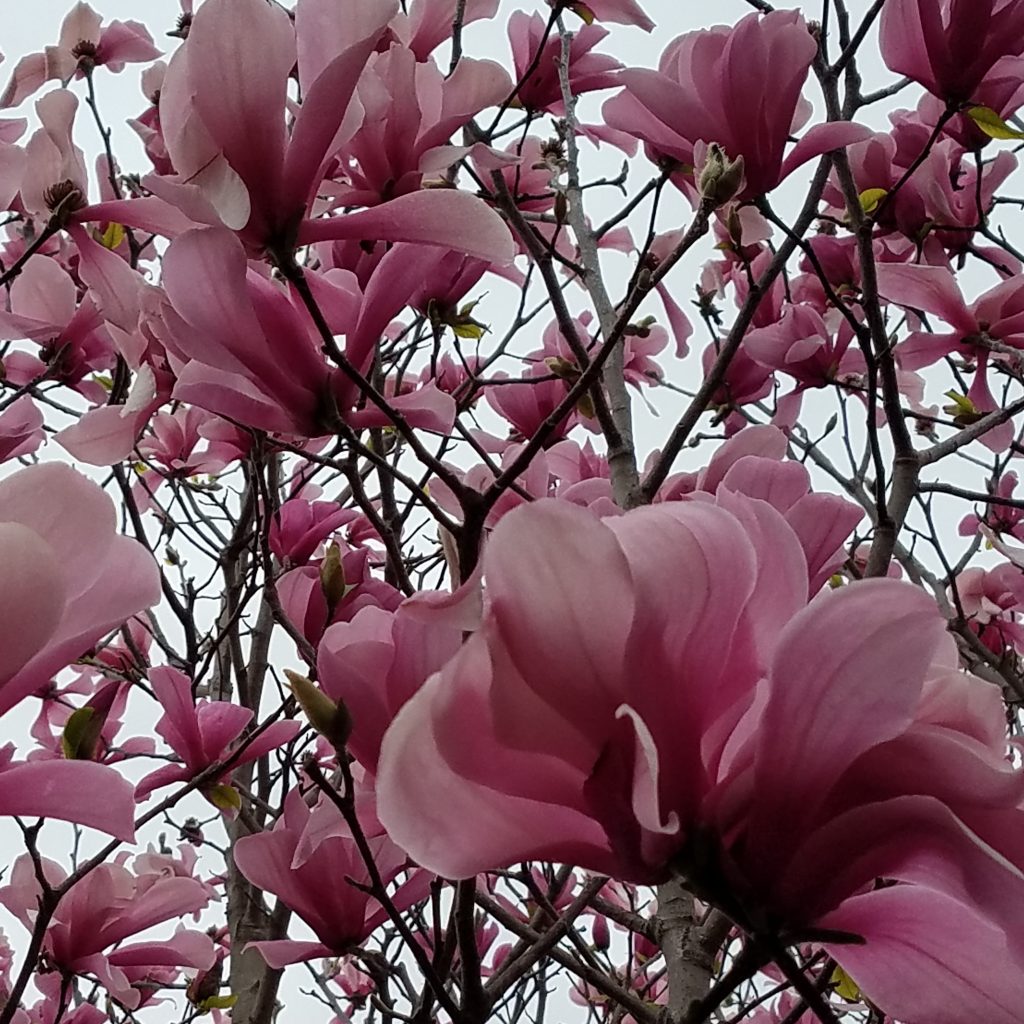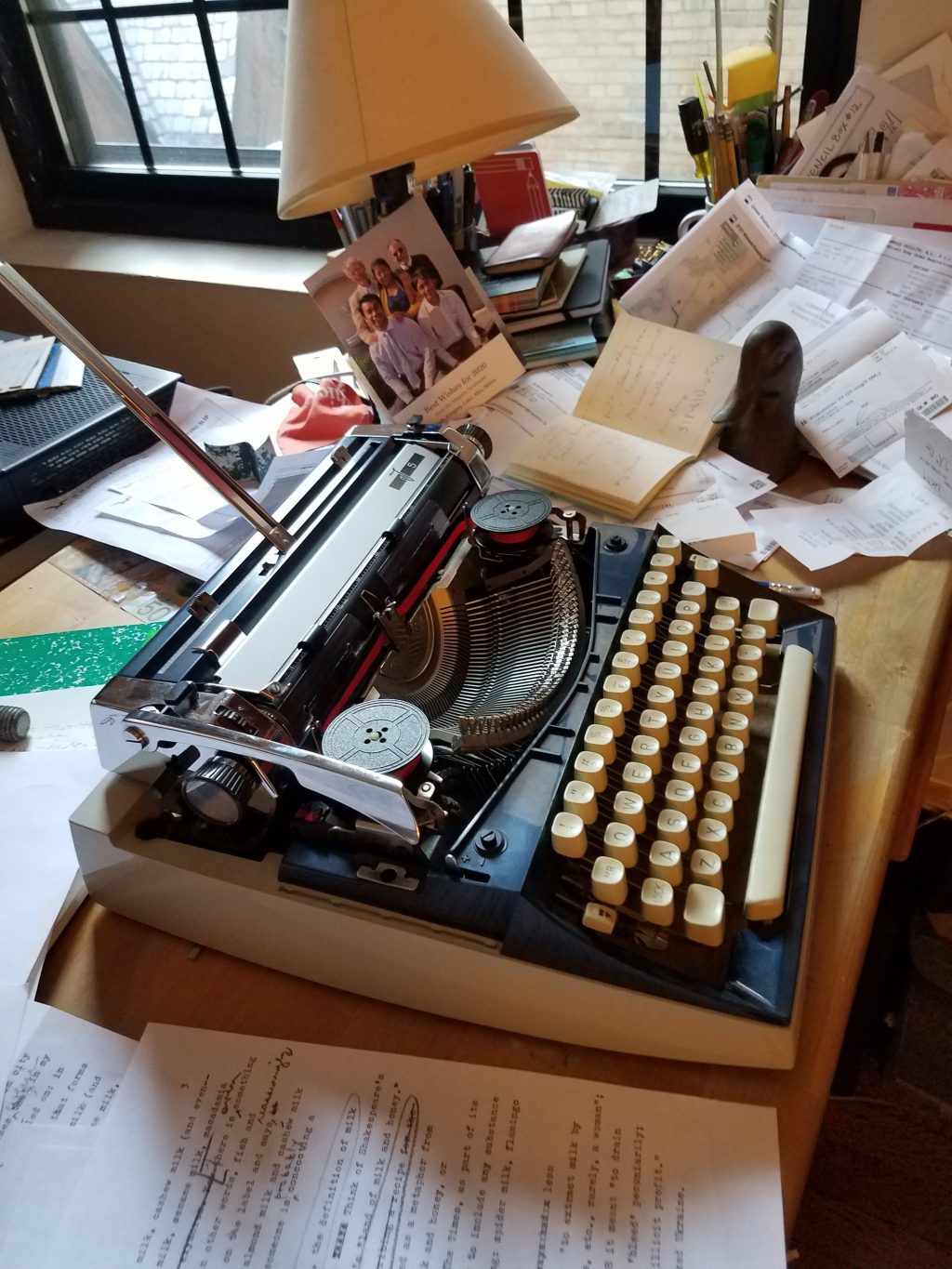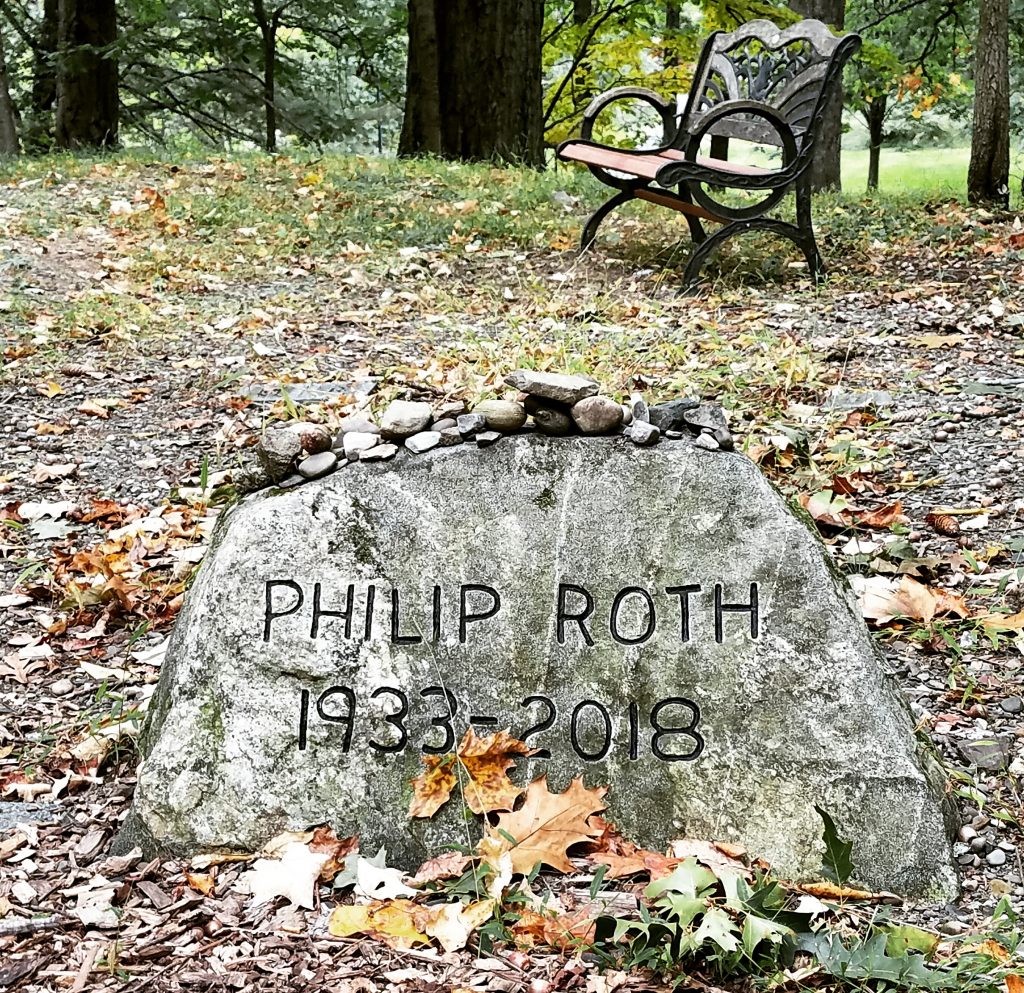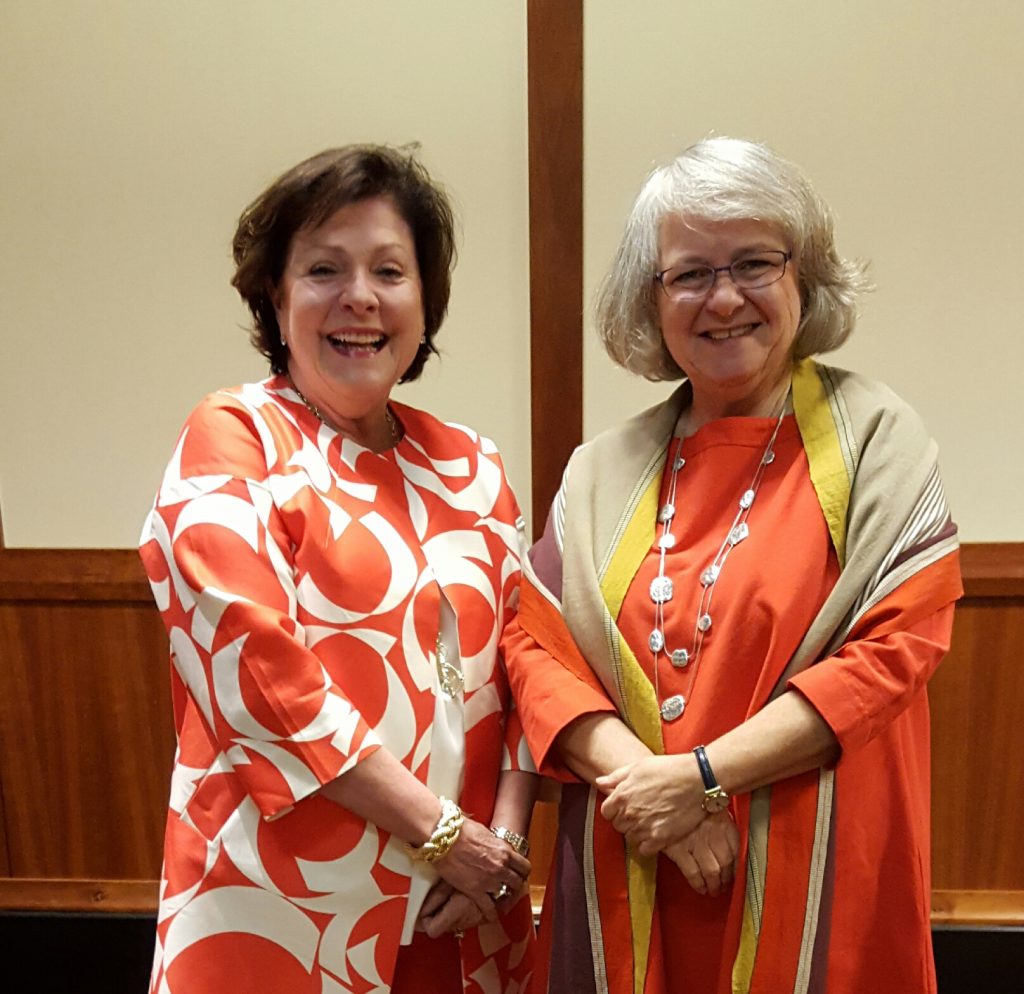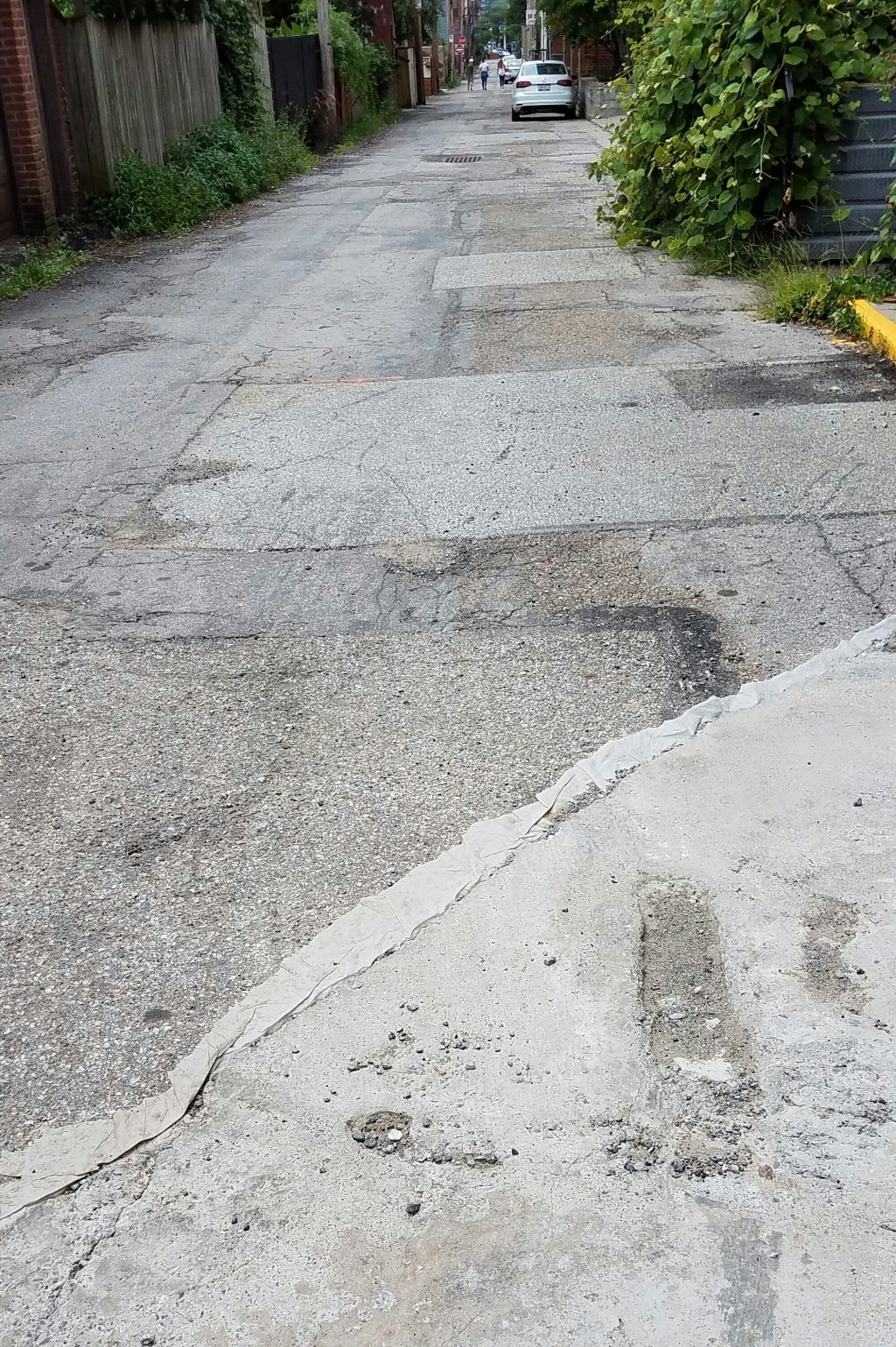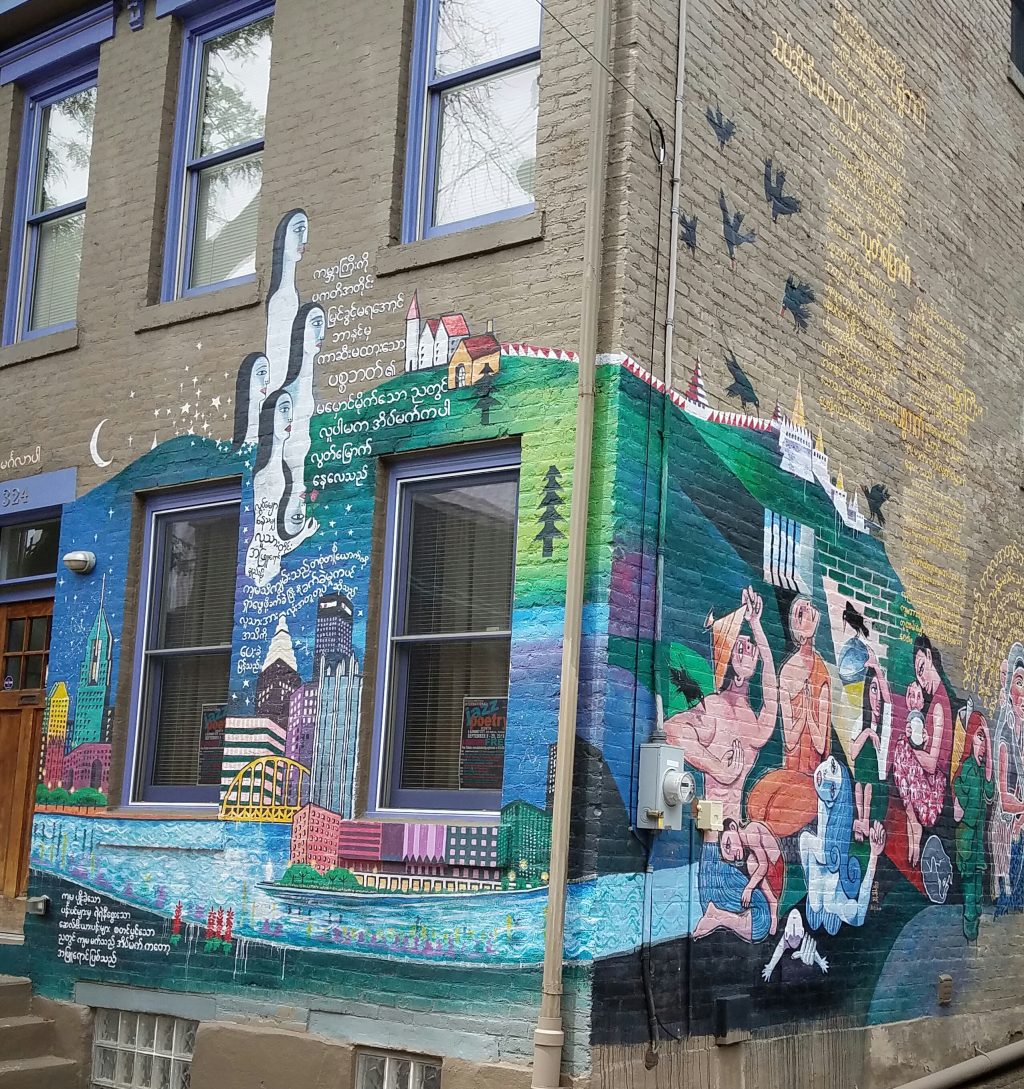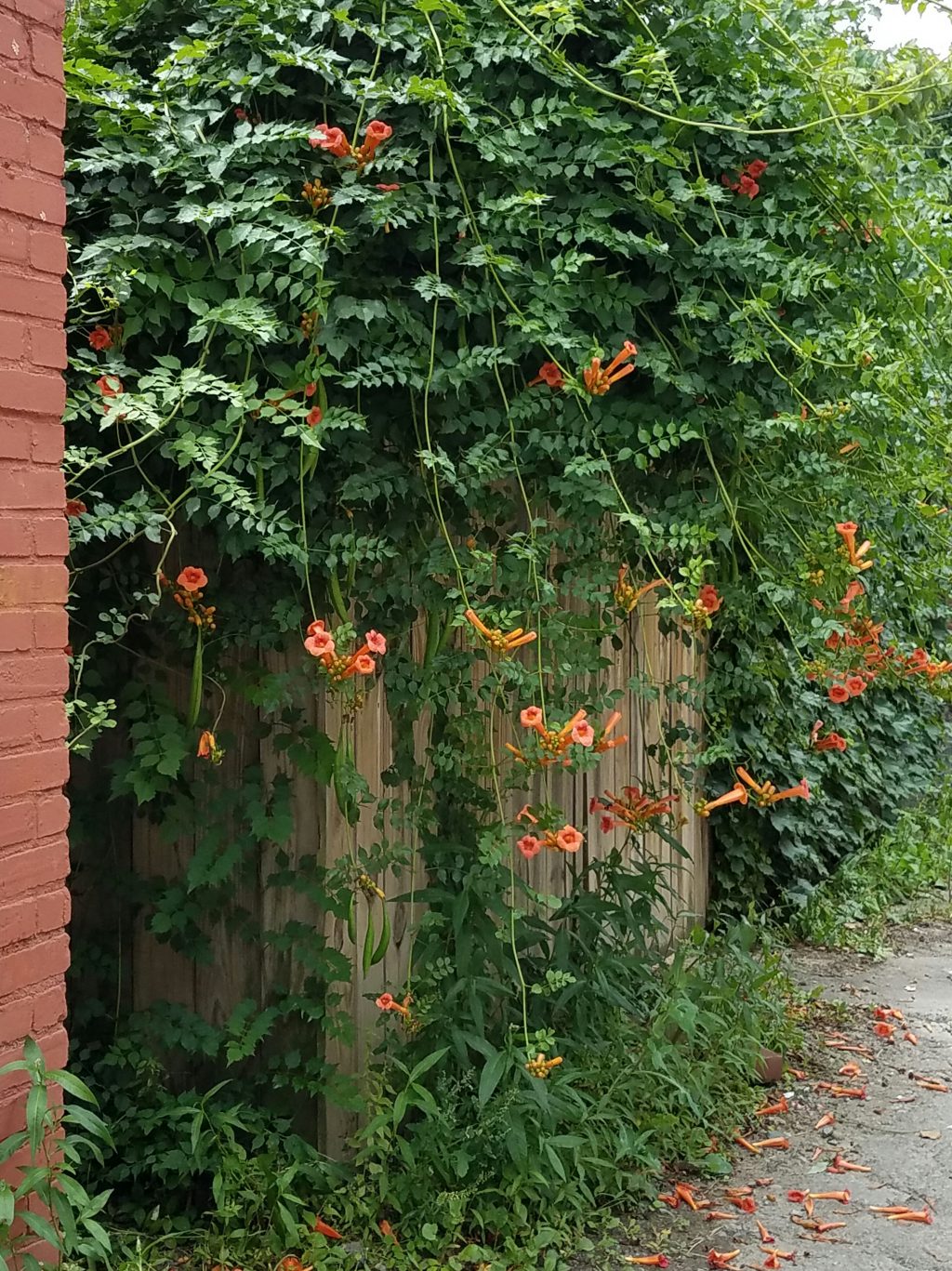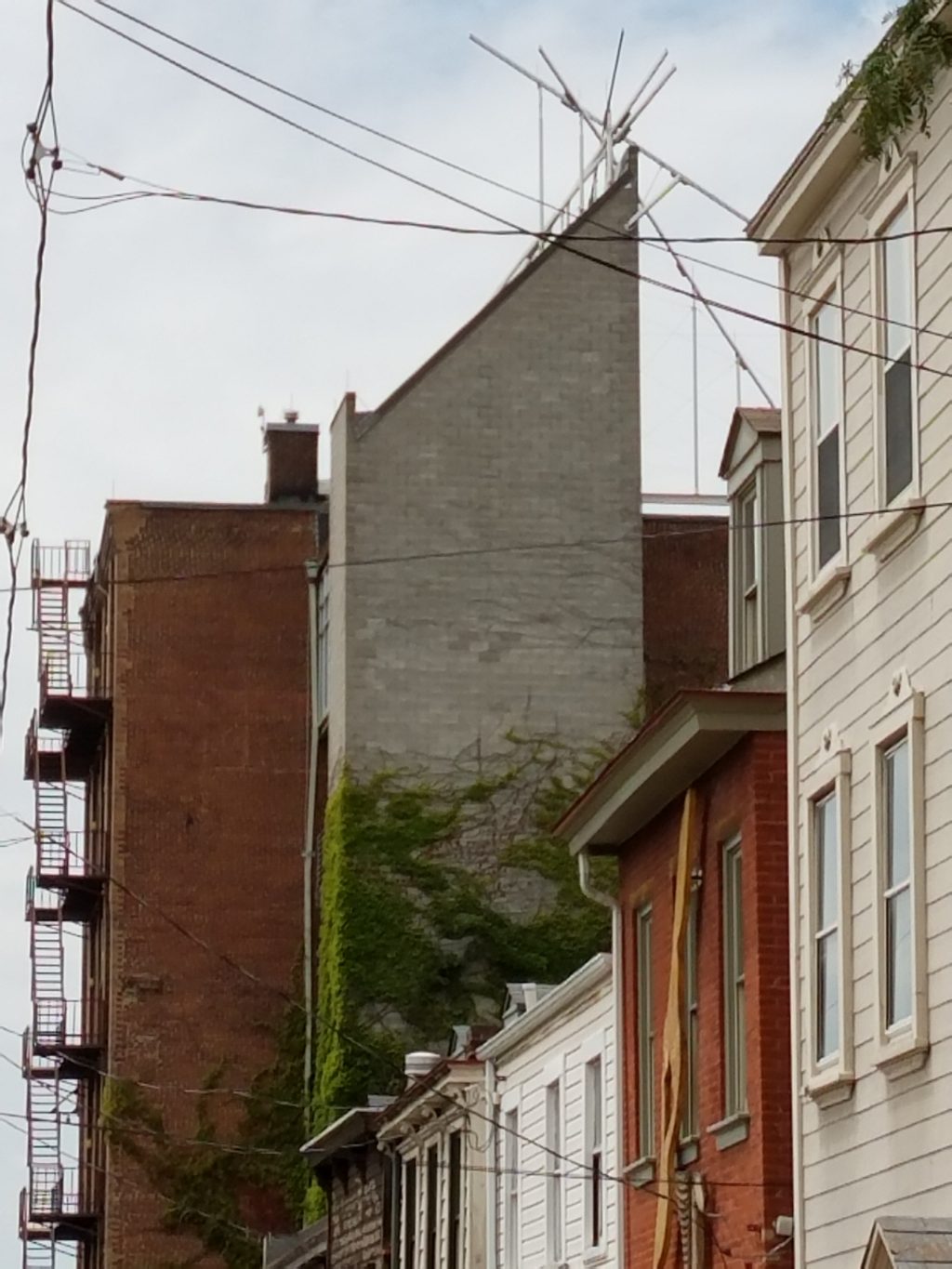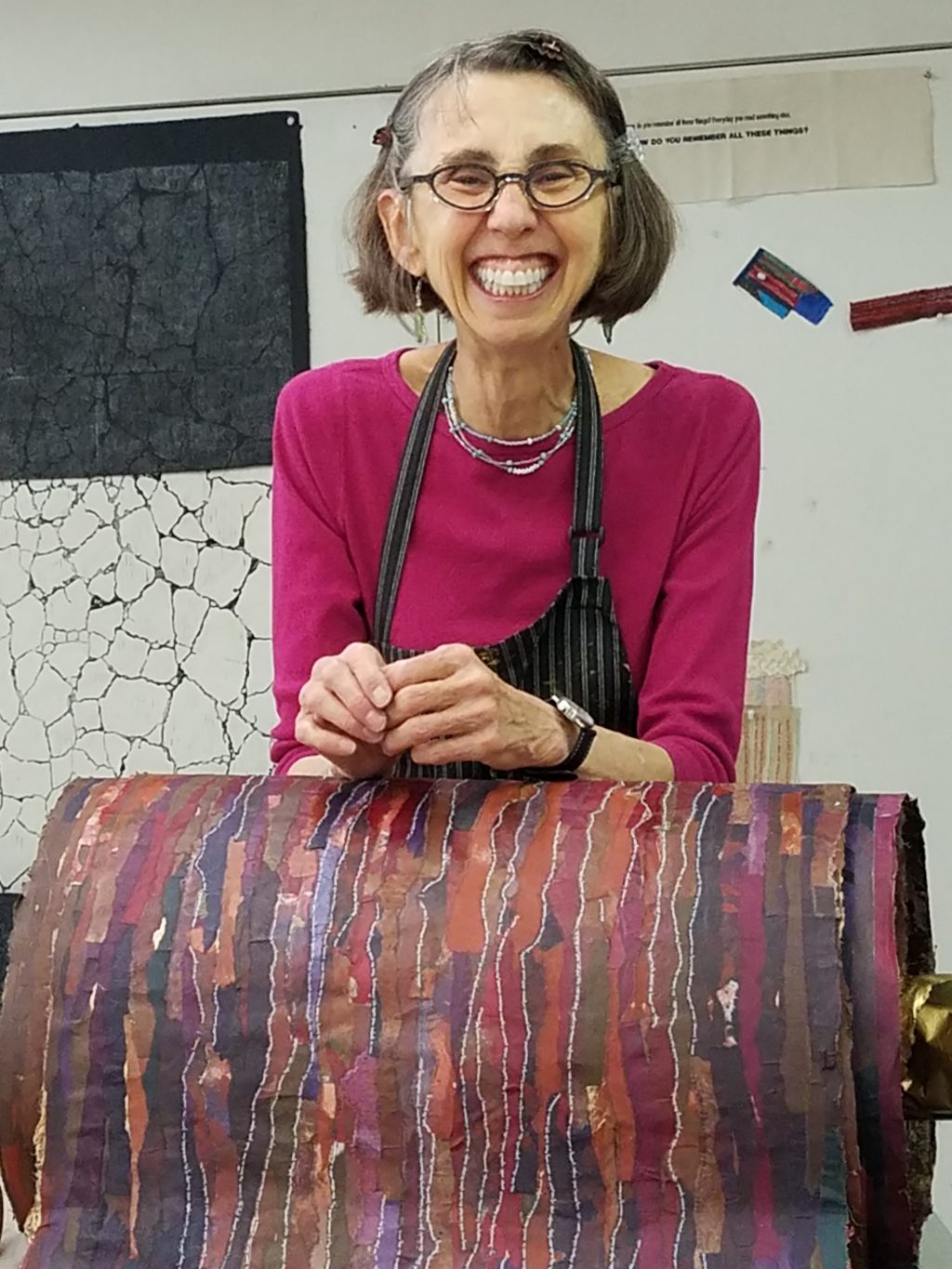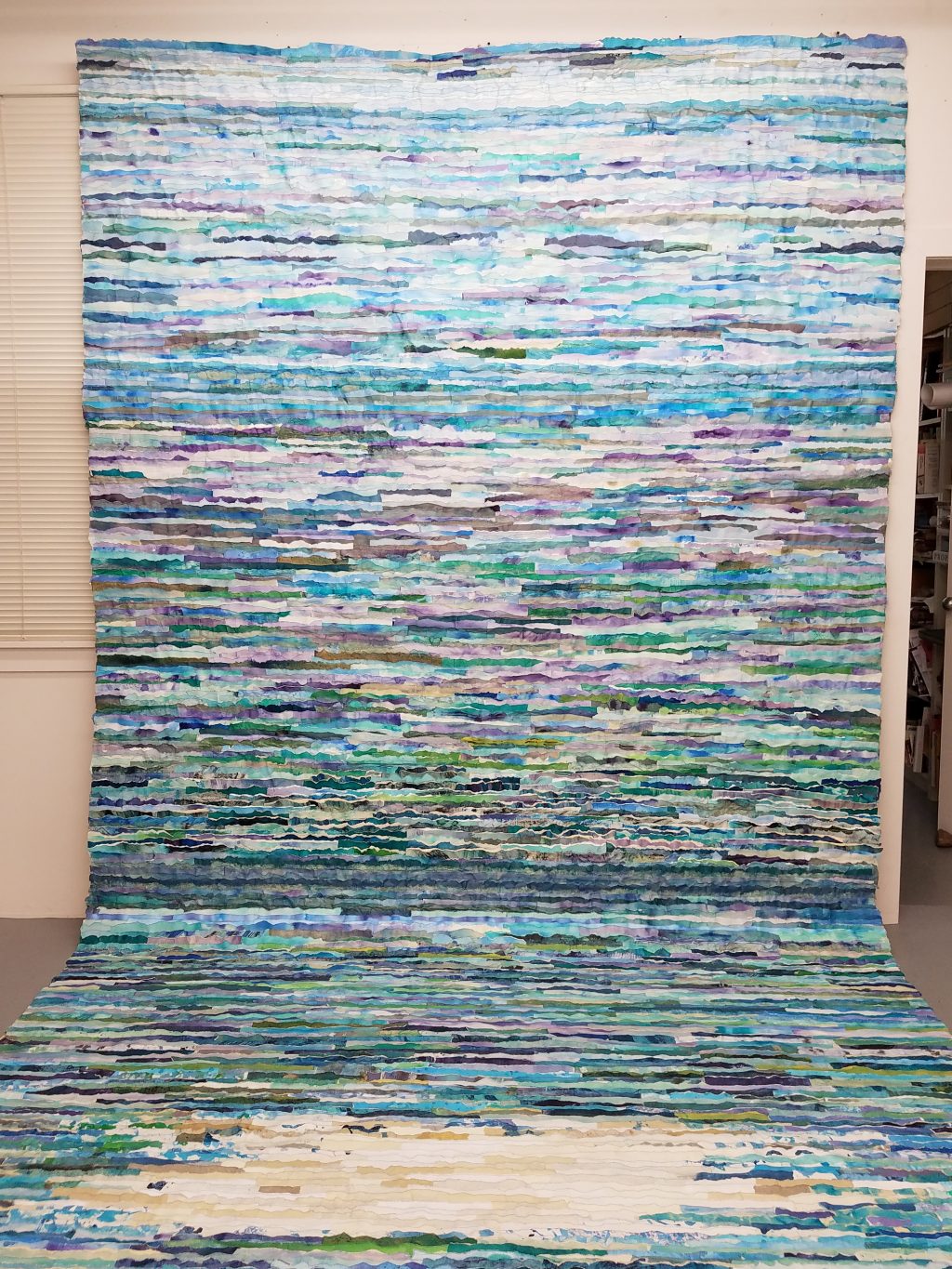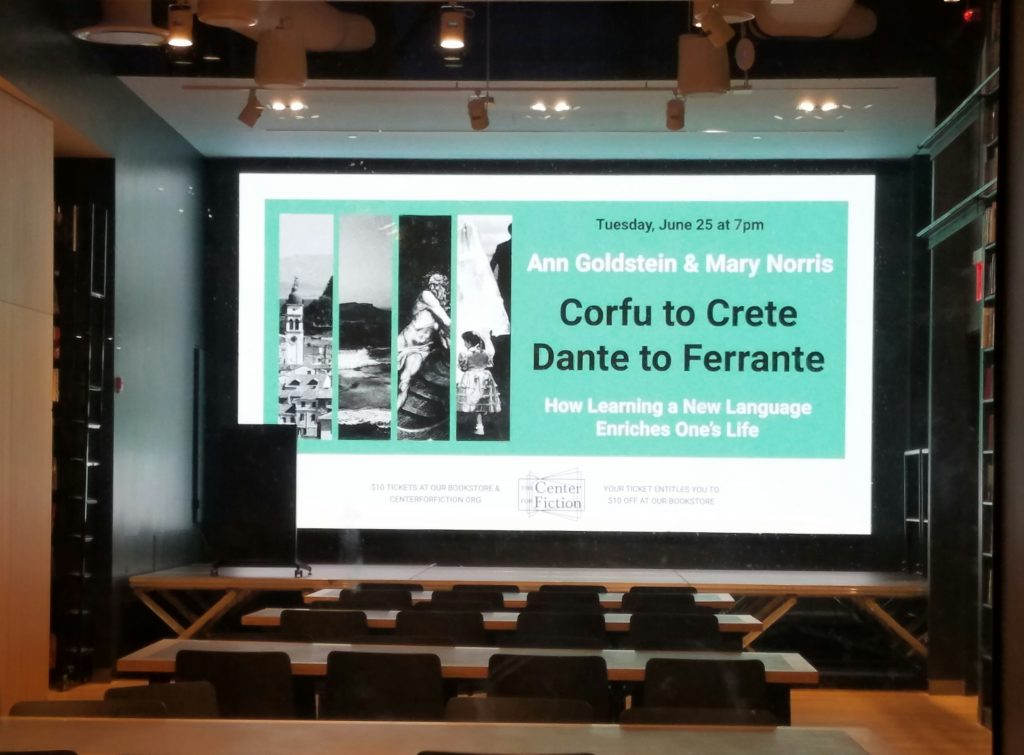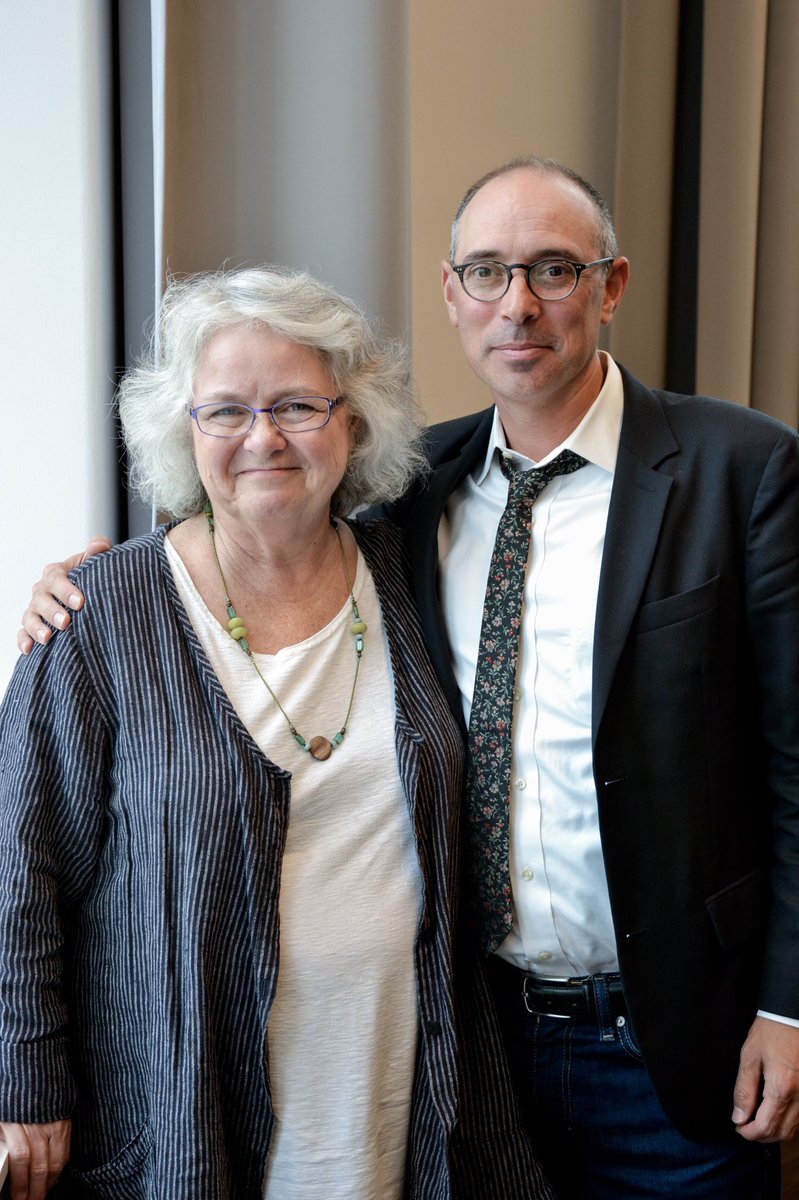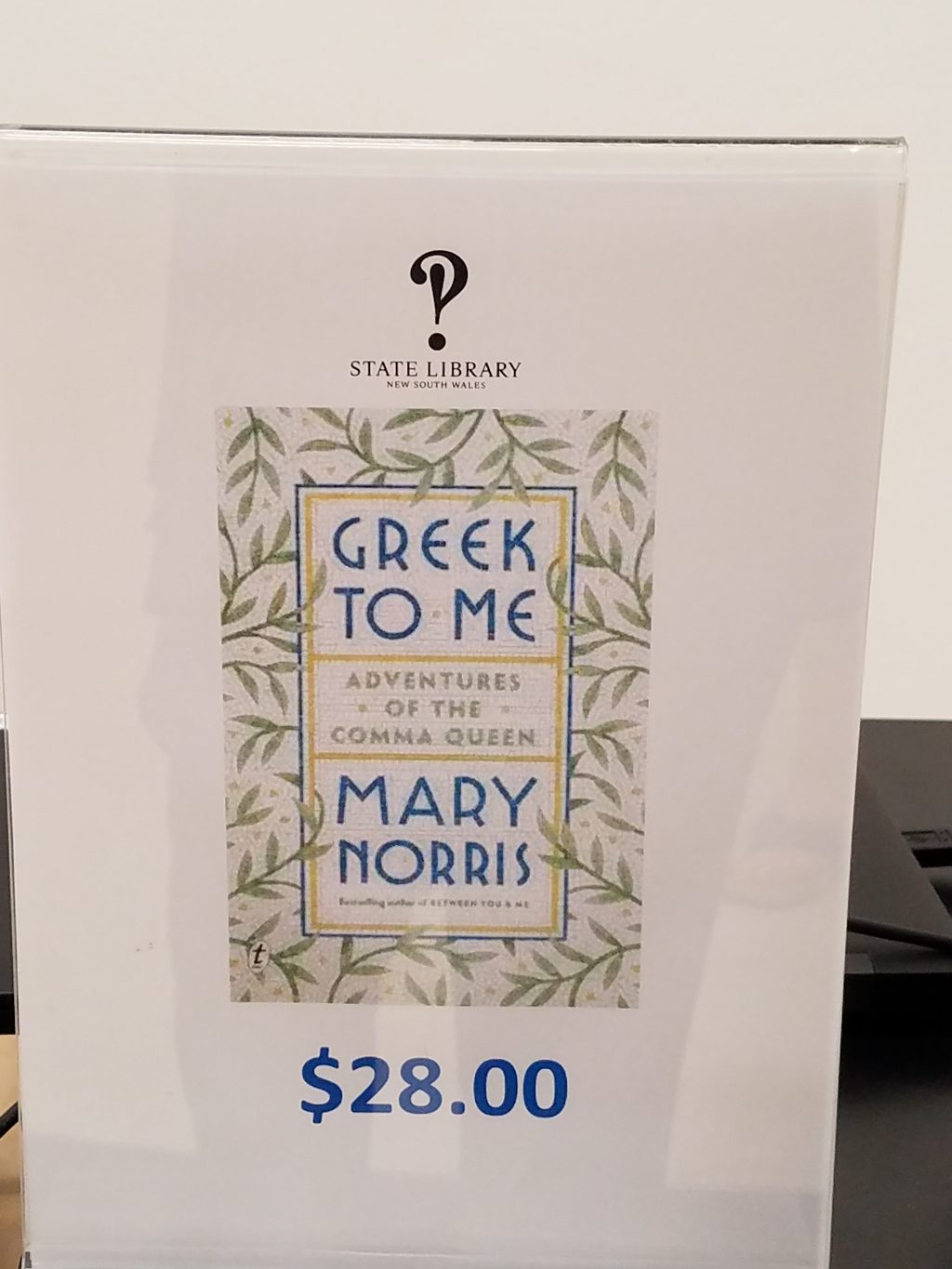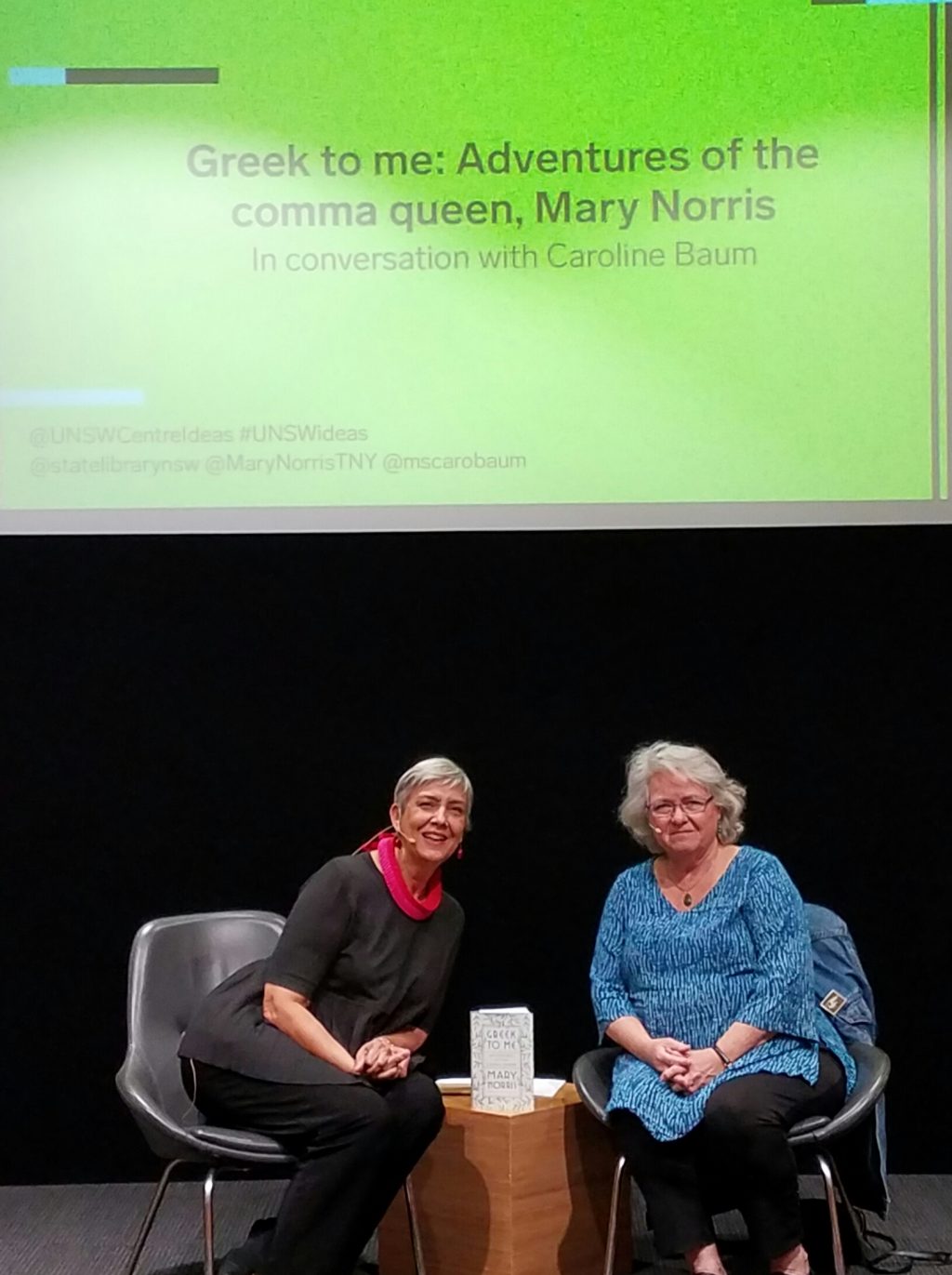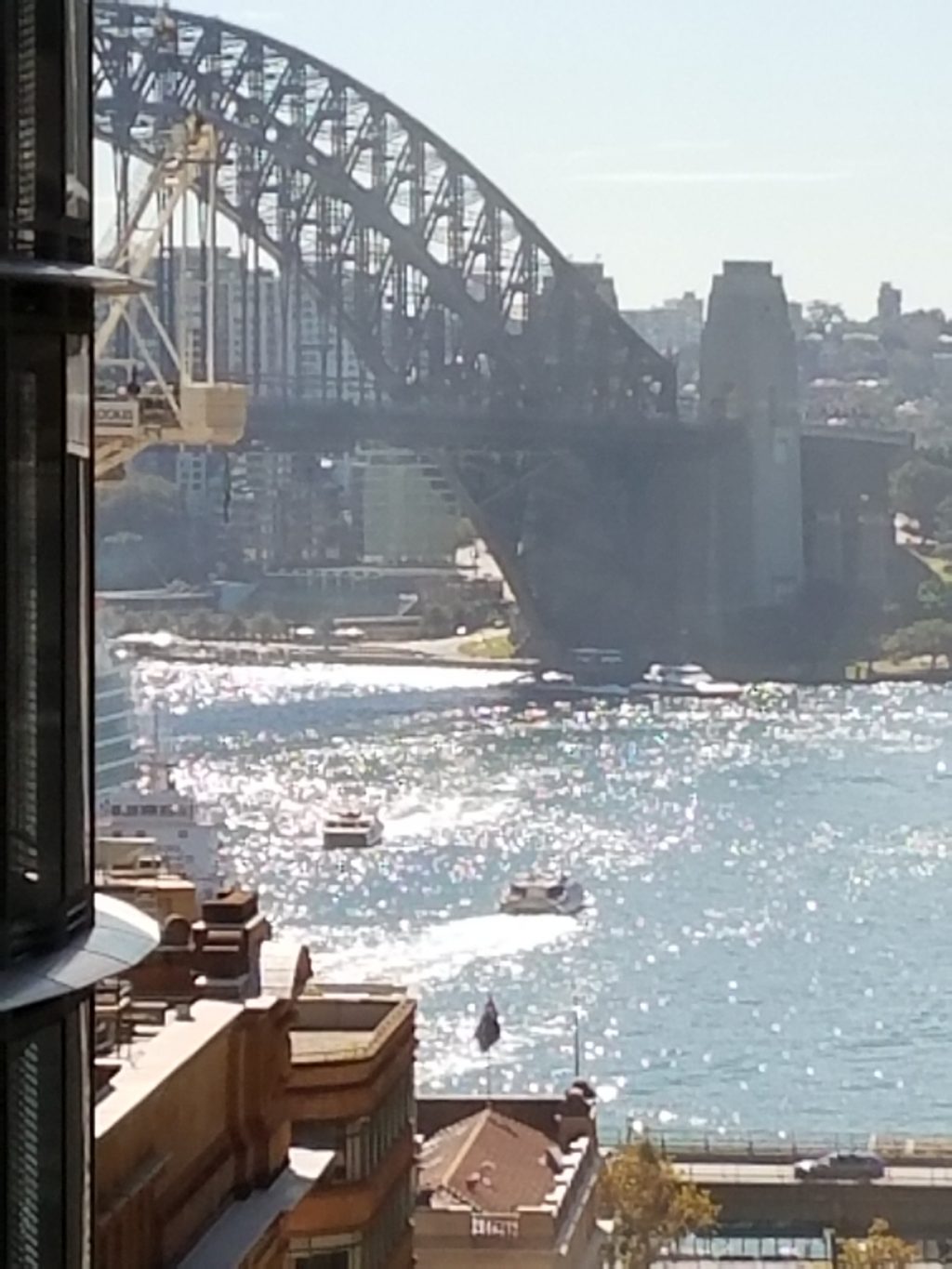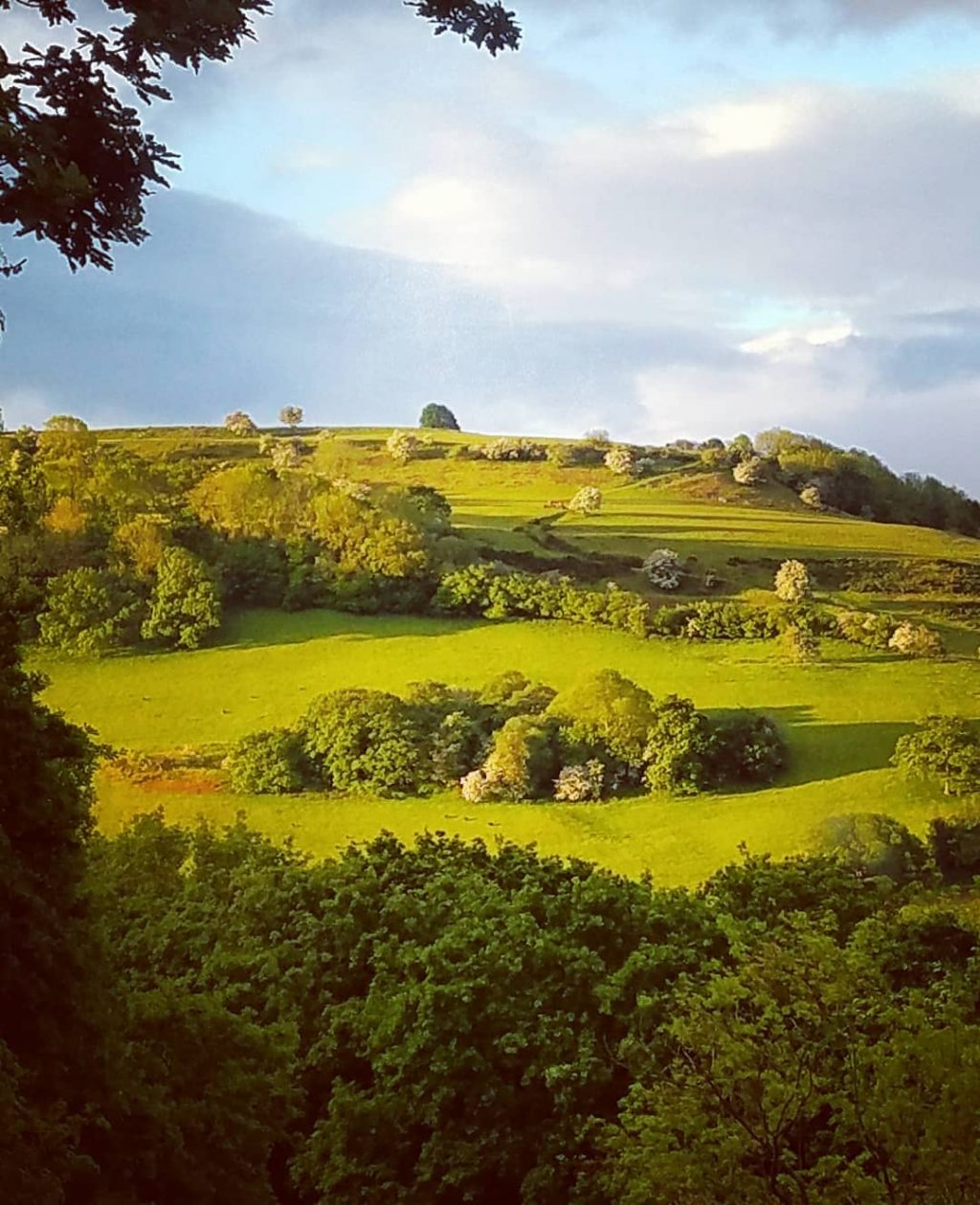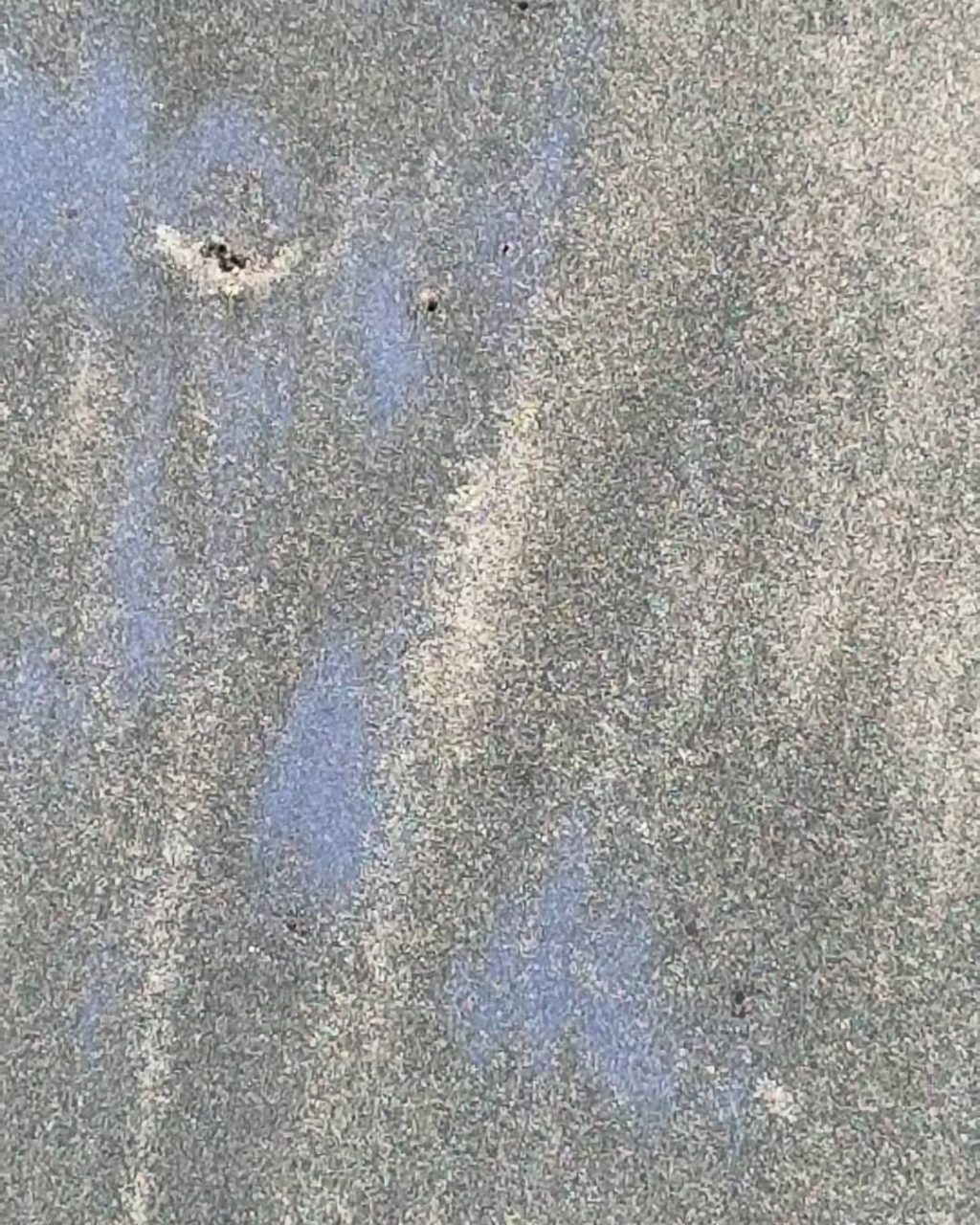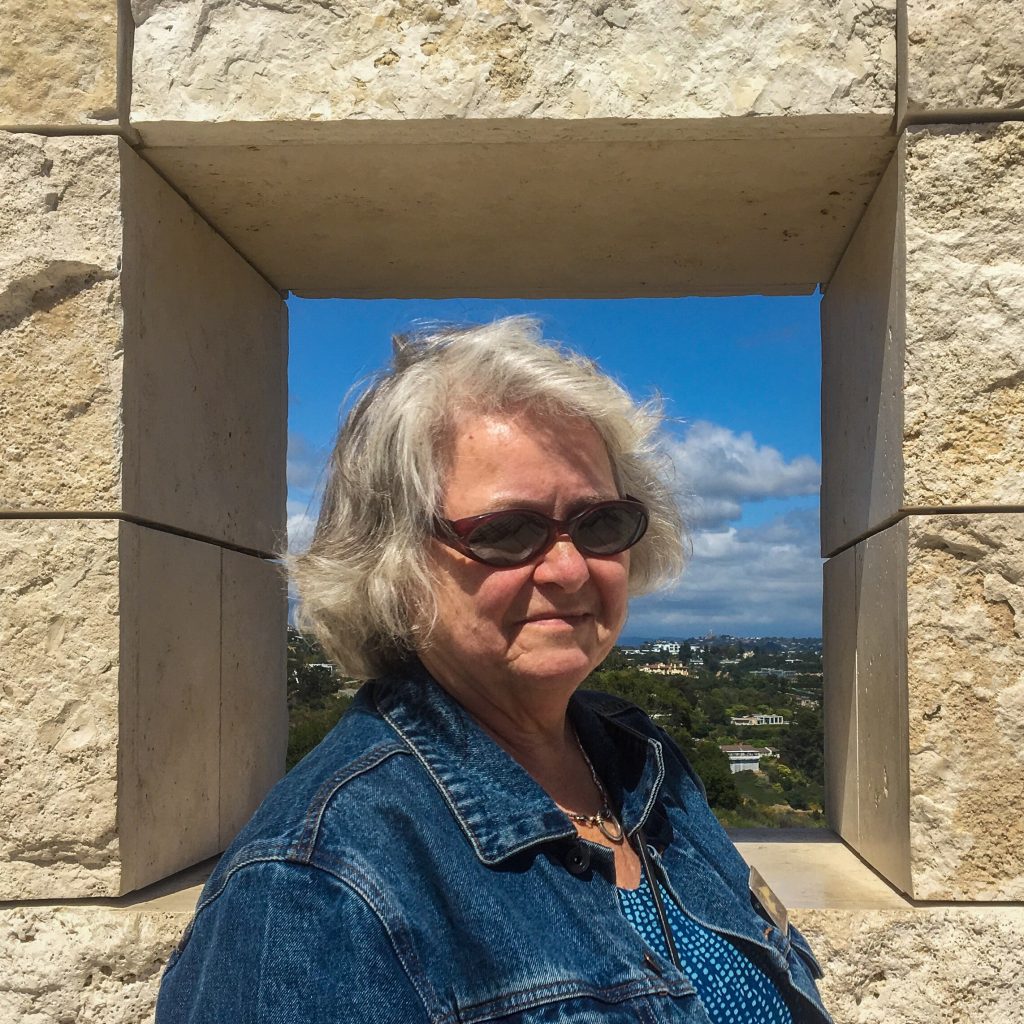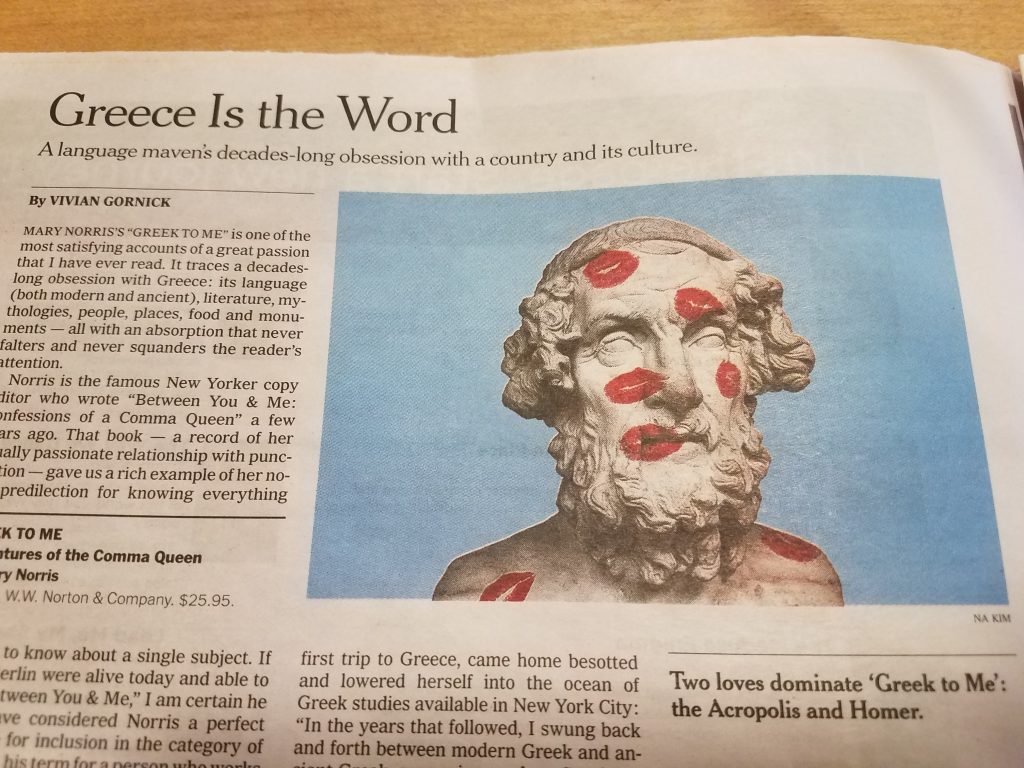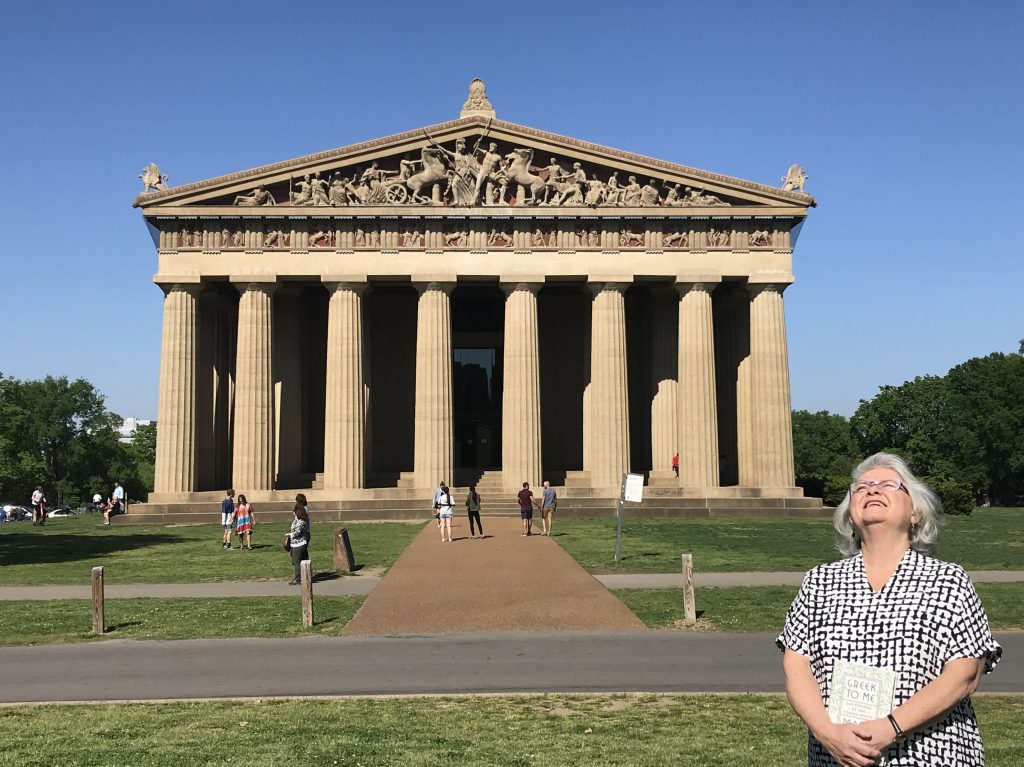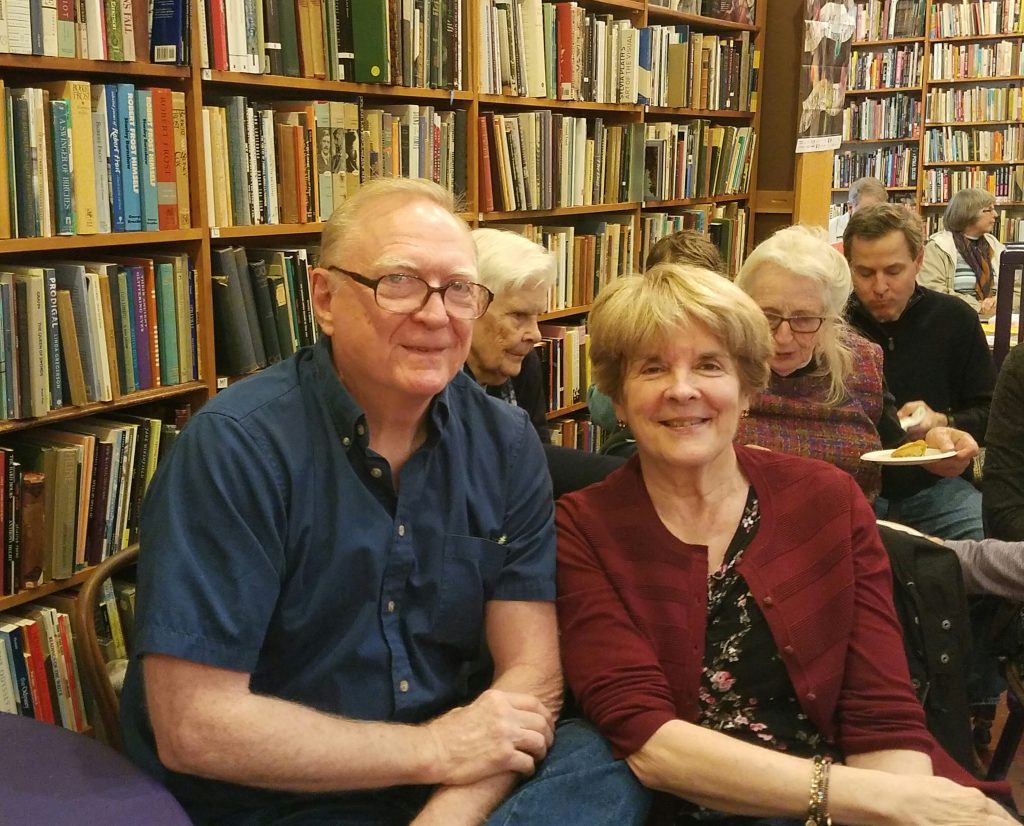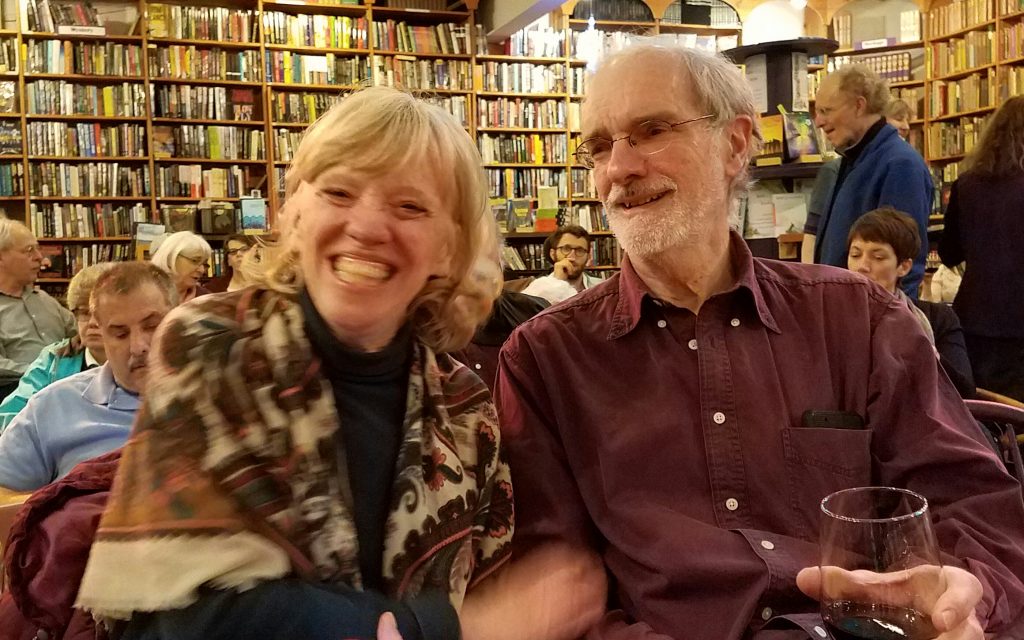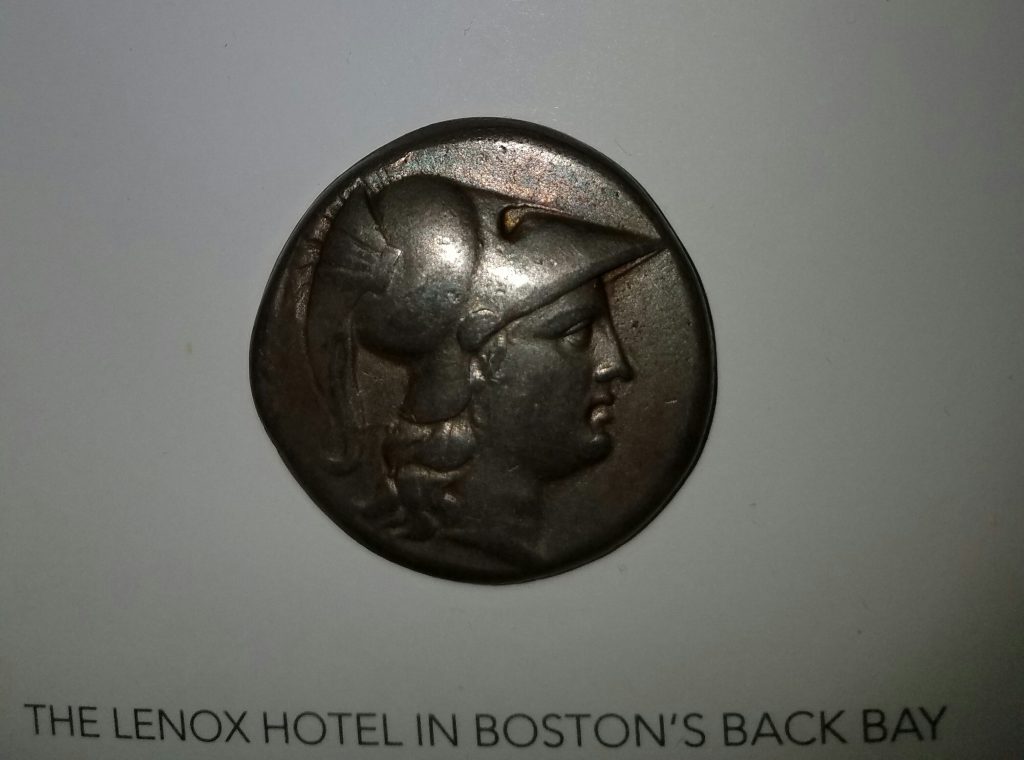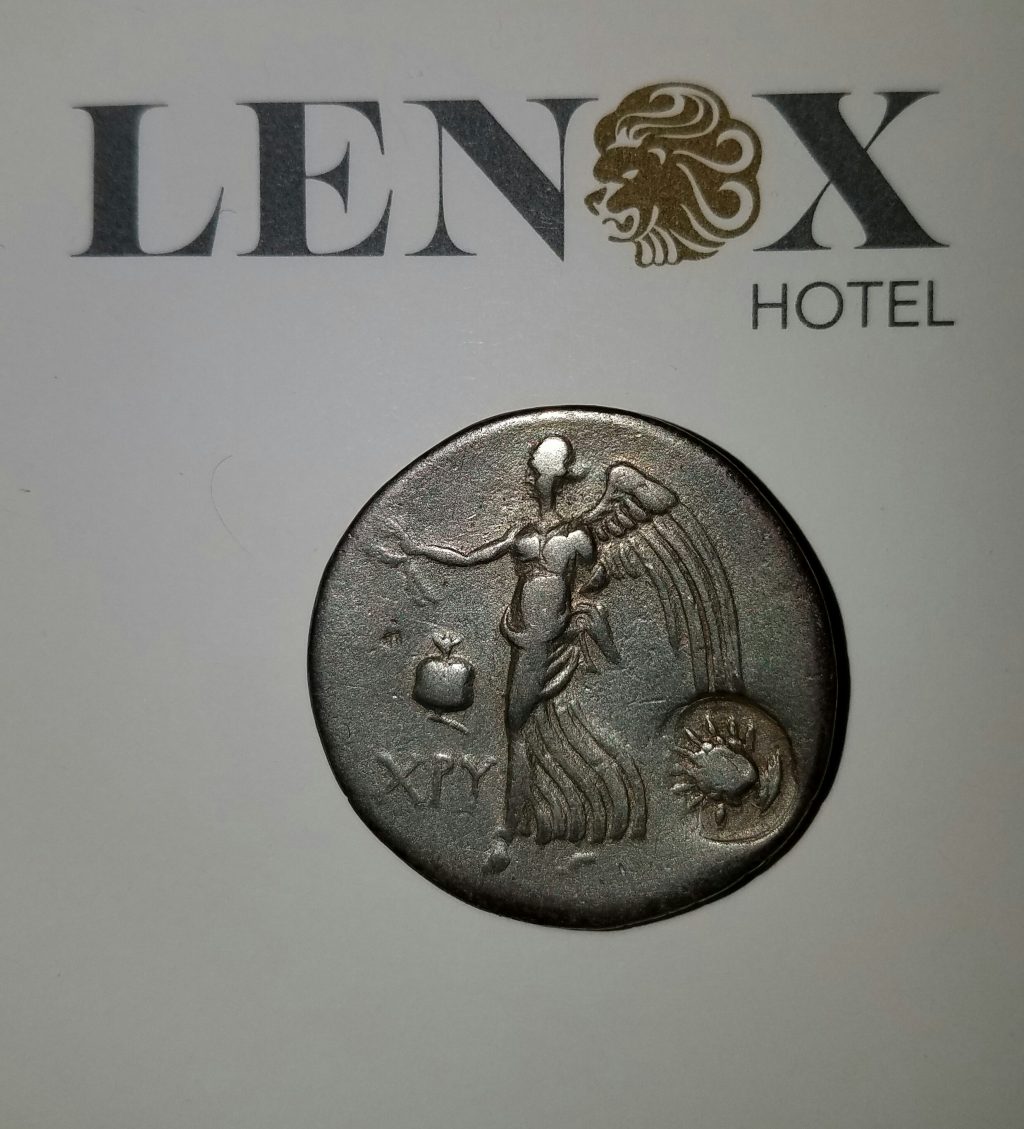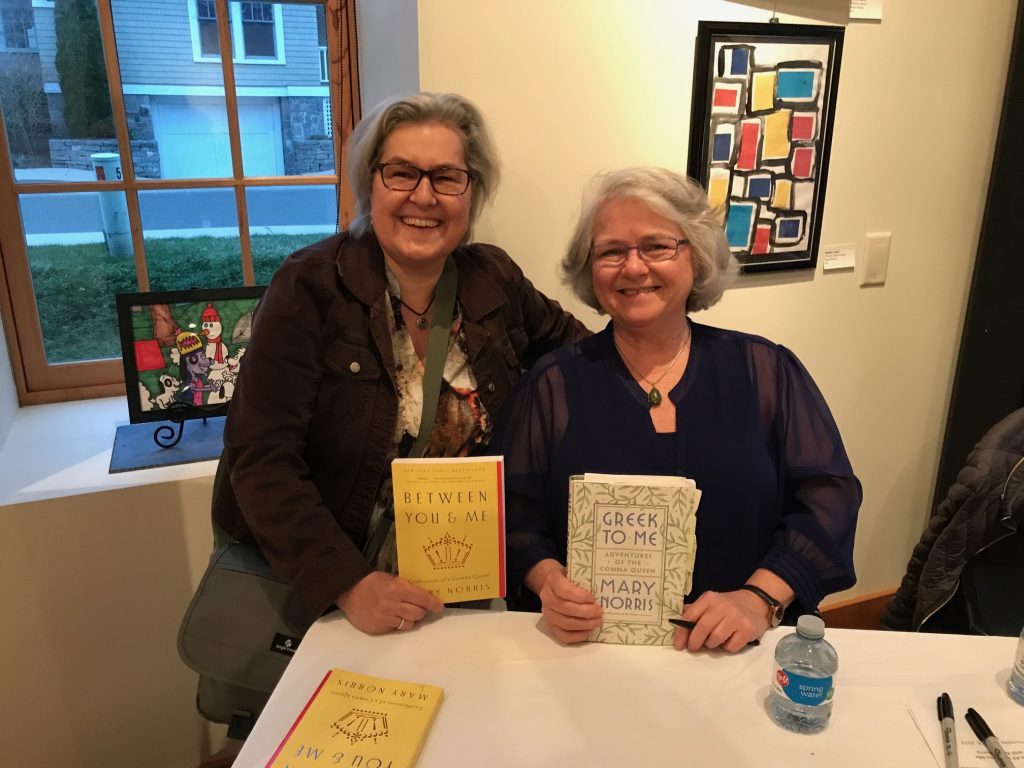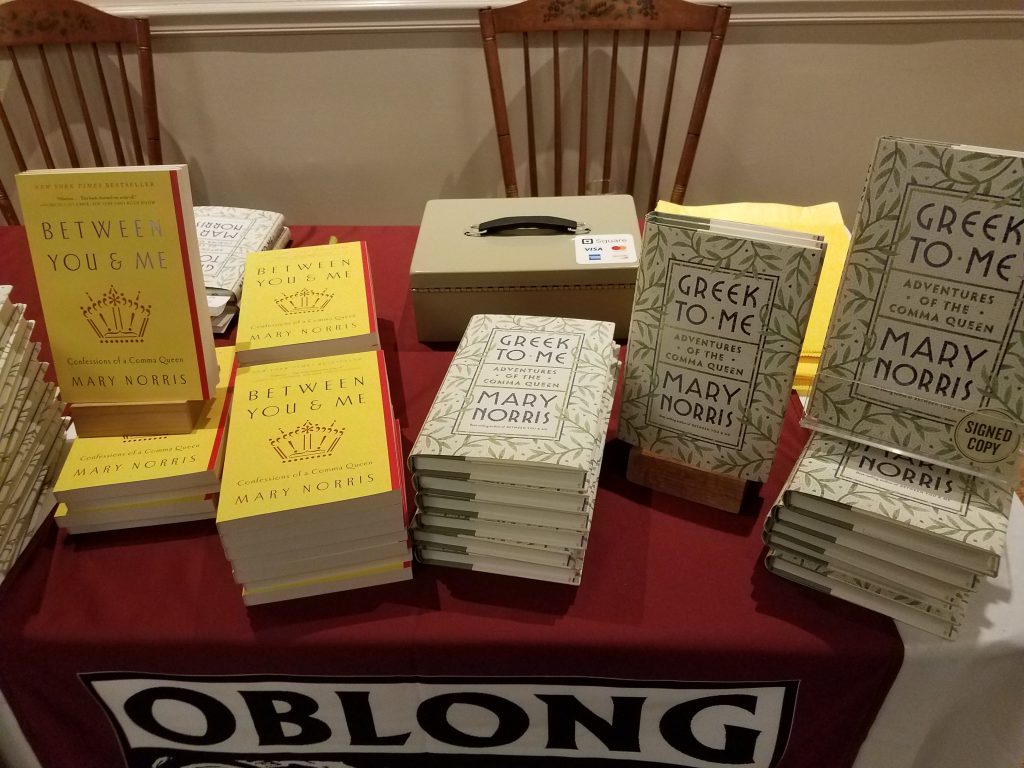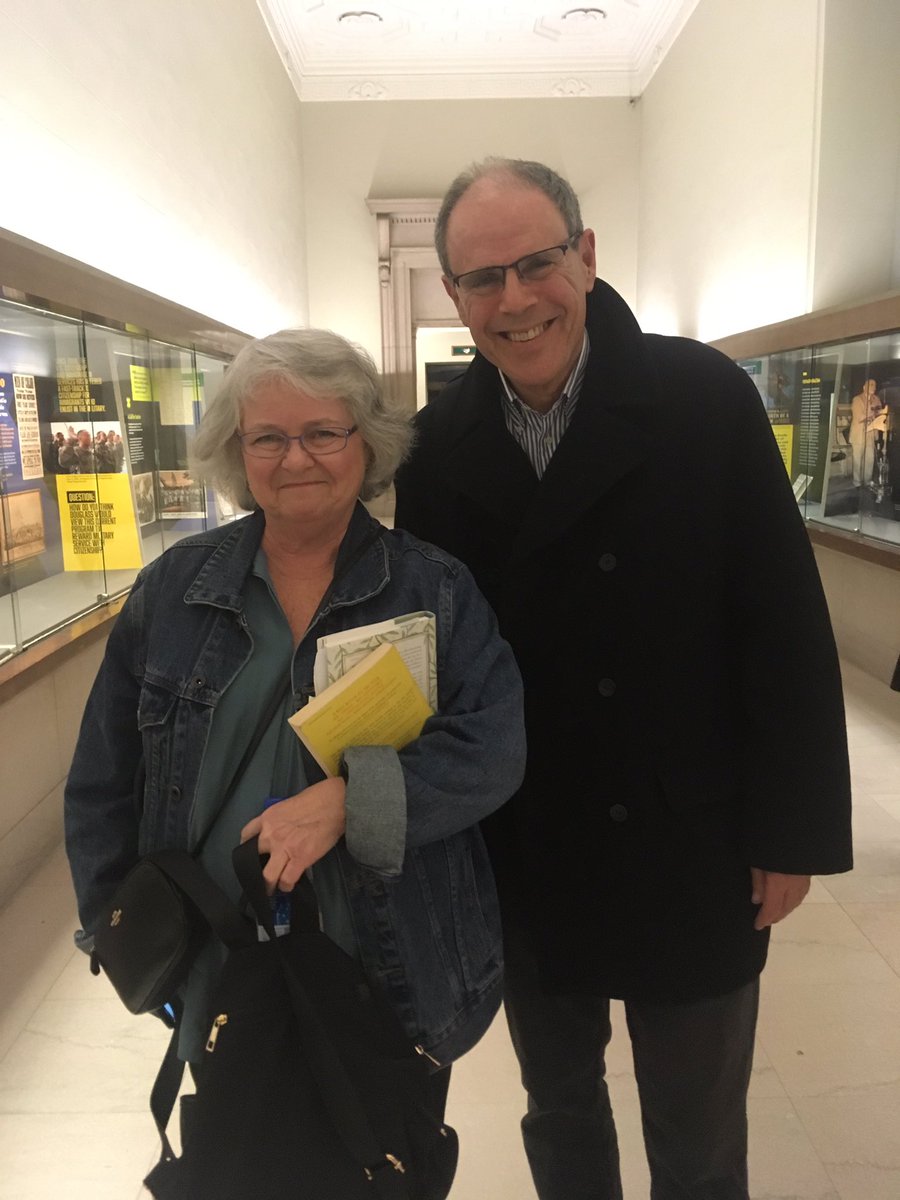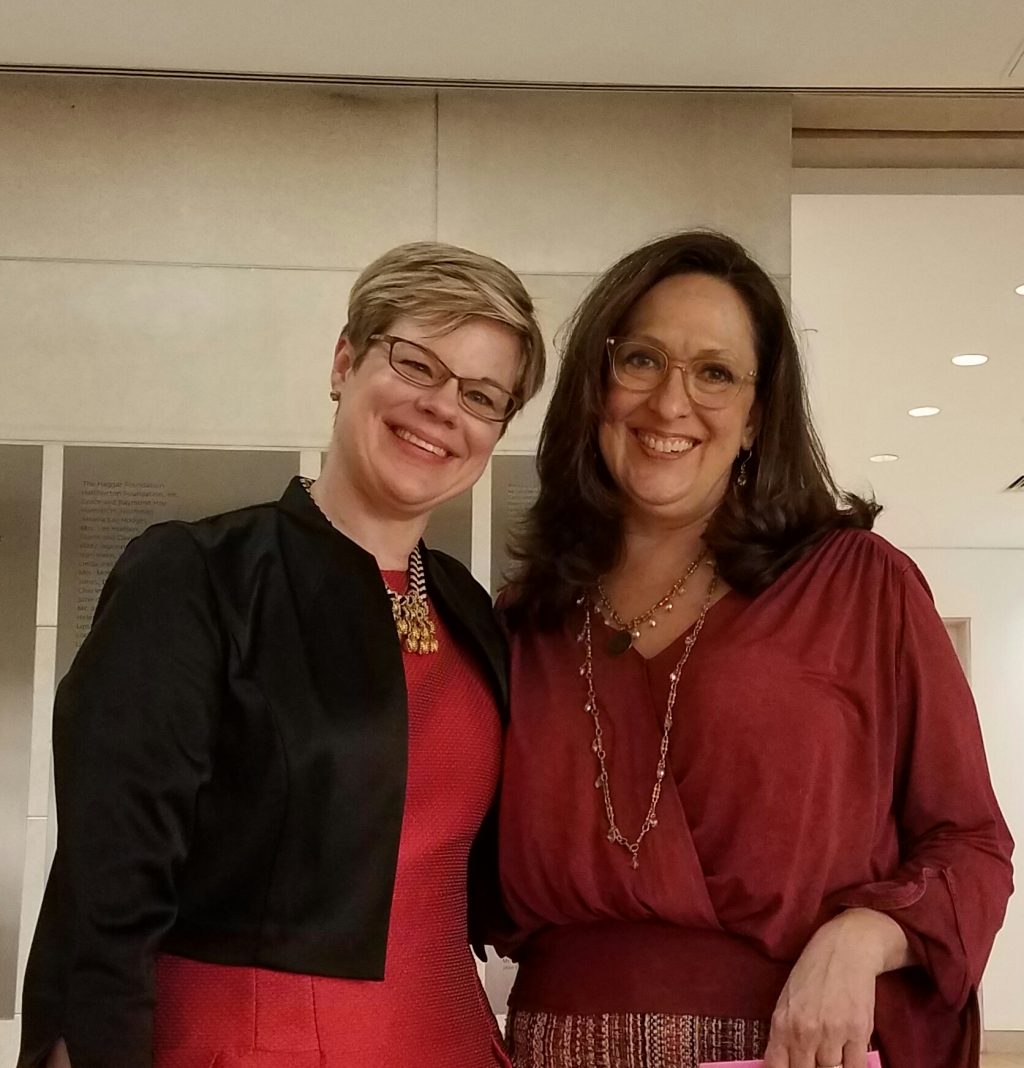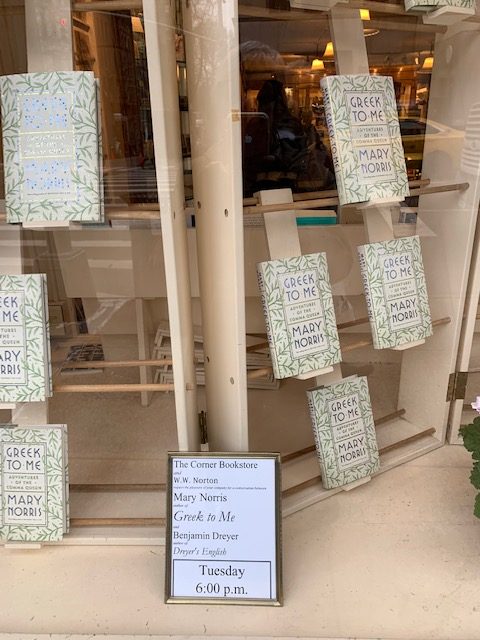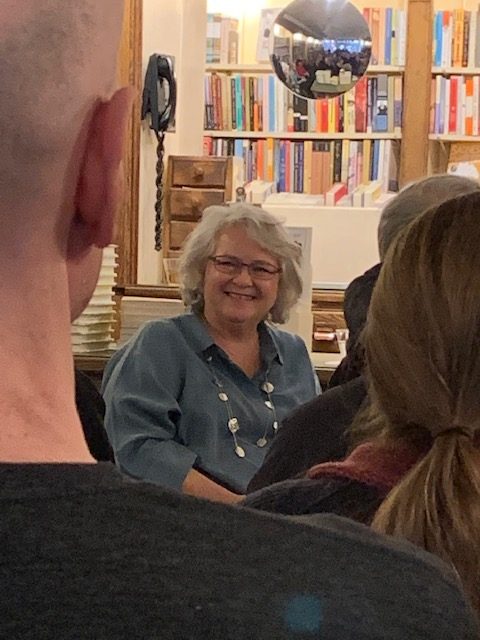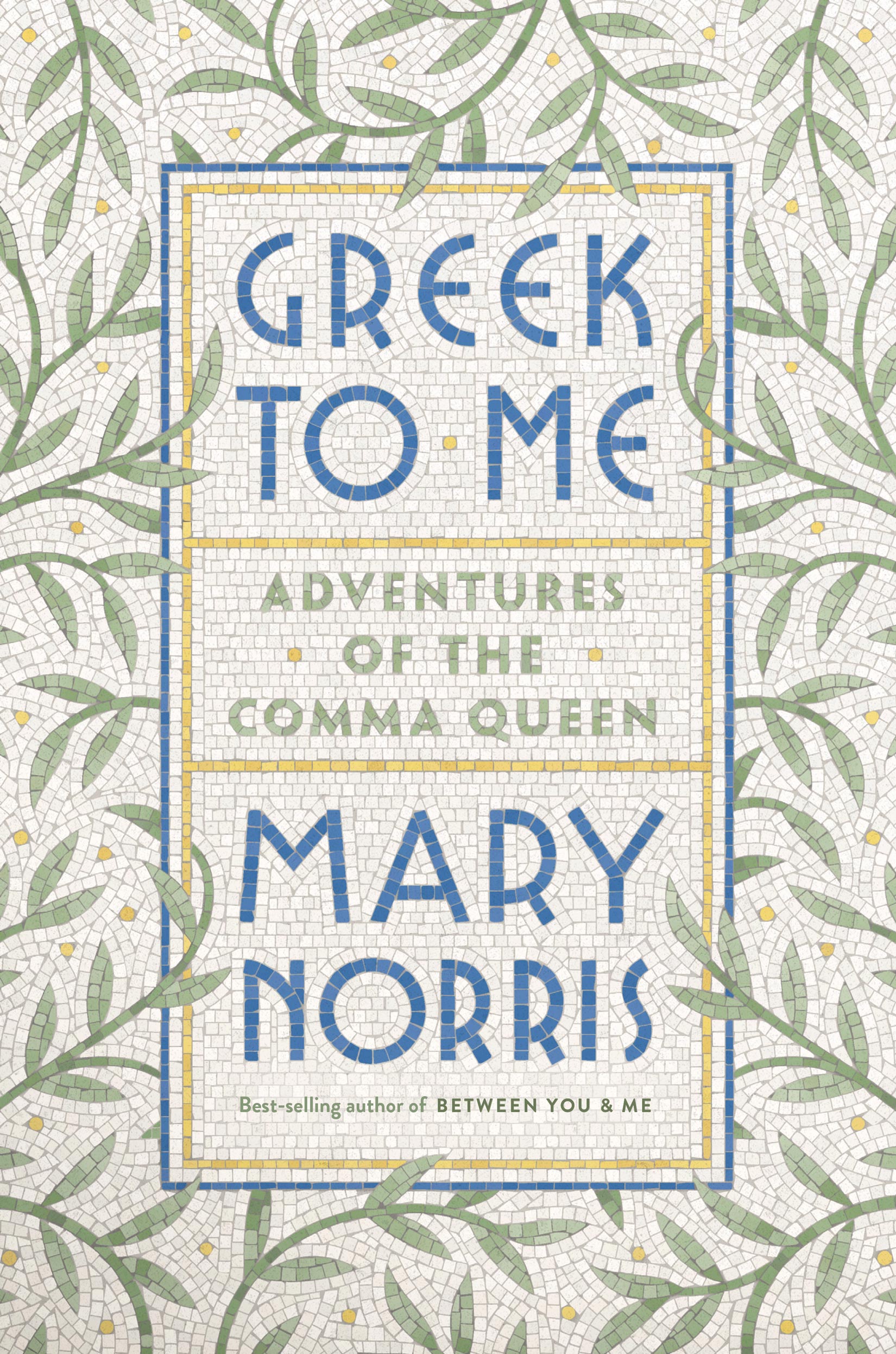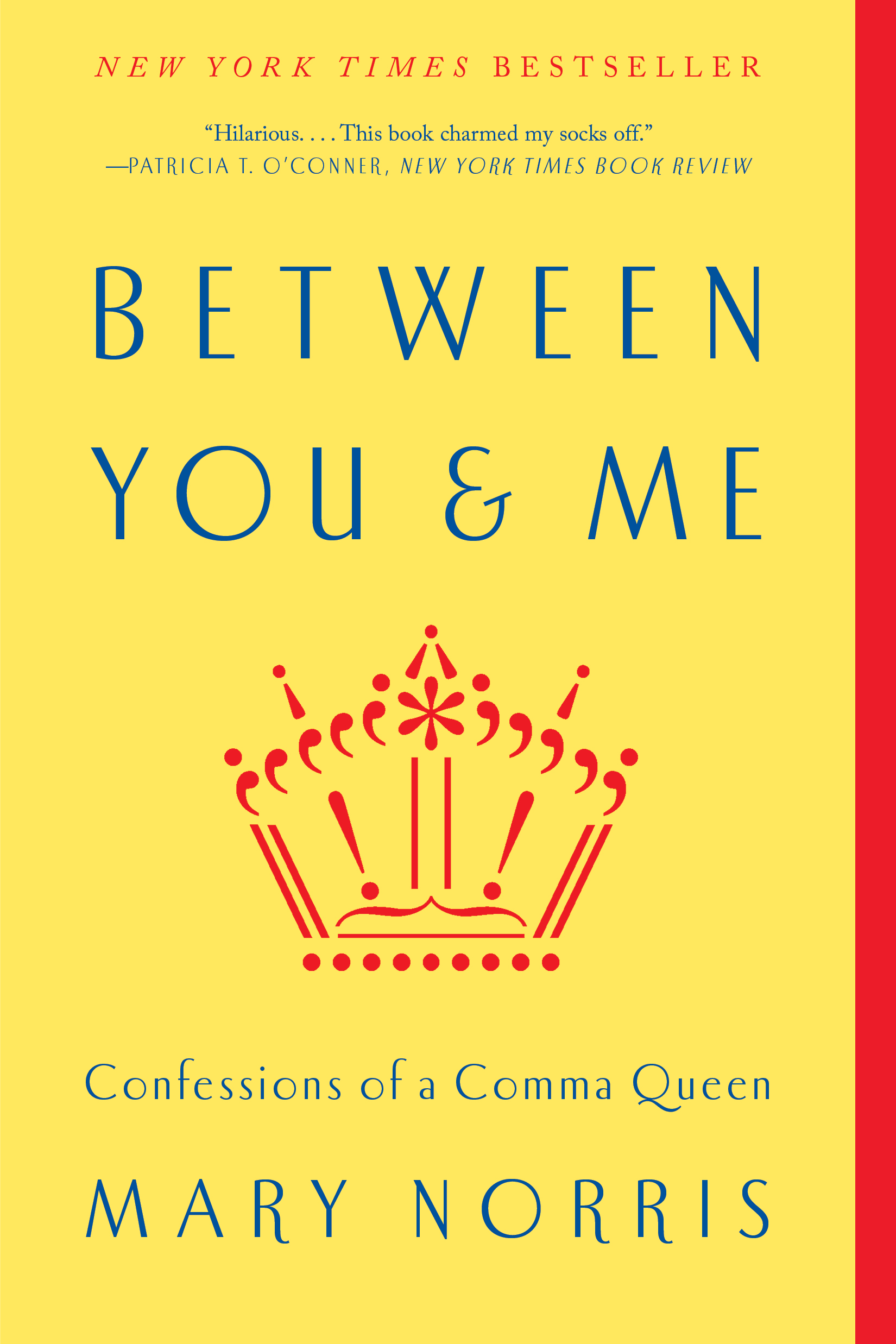| From New York Times bestselling author of Between You & Me, Mary Norris, comes the paperback release of her second book, Greek to Me, which delivers another wise and funny paean to the art of self-expression, this time filtered through her greatest passion: all things Greek. It received a strong review in the New York Times when the hardcover version was released a year ago.
Mary had been scheduled to appear tonight at Gramercy Books and now you will be able to learn more about her and her second book right here!
The author of Between You & Me (also known as The Comma Queen) is back and this time her subject is the language, the people, the mythology, and the culture of Greece. Greek to Me recounts Mary Norris’s experiences learning Greek and traveling the country while putting her new skills to the test. As in her first book, Norris is excellent company, spinning tales and charming readers as she blends memoir, history, and travel, all topped off with heaps of wordy nerdiness.
Greek to Me is a charming account of Mary’s lifelong love affair with words and her solo adventures in the land of olive trees and ouzo. Along the way, she explains how the alphabet originated in Greece, makes the case for Athena as a feminist icon, goes searching for the fabled Baths of Aphrodite, and reveals the surprising ways Greek helped form English. Filled with Mary’s memorable encounters with Greek words, Greek gods, Greek wine–and more than a few Greek men–Greek to Me is the Comma Queen’s fresh take on Greece and the exotic yet strangely familiar language that so deeply influences our own.
Mary Norris has spent more than three decades working in The New Yorker‘s renowned copy department, helping to maintain its celebrated high standards.
We had the opportunity to ask Mary a few questions about her new book. As you’ll learn, the thing about mythology is that it still applies to us now. “Even a unique, modern-seeming personal experience can be reflected in the Greek myths,” Mary tells us. Her passion and depth on the subject is extraordinary. We plan to invite Mary to come visit in person with her next book, something to which we all can look forward!
– – –
Can you talk about your early life, growing up in Cleveland, and how that affected your work and later life experiences?
I discovered early on that reading transported me. It was an escape—Little Lulu and Dennis the Menace, fairy tales, mysteries… Once, as a child, when I went to the library with my brother Miles, I checked out the three kiddie books I was permitted, read all three of them while sitting outside on the steps waiting for Miles, and then tried to return them and get three more. It was too much for the library’s circulating system to handle. The librarian tracked down my brother, and he said it was time I moved up from children’s books to what were labeled J books (for Juvenile, I guess). Fatter books lasted longer! I had had my eye on a big pink book about princesses and a book of jokes. Both proved disappointing, but soon I found my way to storybooks—Betsy, Tacy, and Tib, Homer Price, the girl detectives… I once asked a librarian to help me find stories about girls who went to boarding school. I was desperate to go to boarding school! My fantasy was to live in Switzerland and speak German, French, and Italian. That was so far outside the realm of the possible that it’s not even funny. I have always depended on books for escape, for solace and entertainment. They made me want to travel, to experience for myself some of the things I read about.
Tell us about the beginnings of your passion with Greek mythology.
When I look back, it can seem as if I were destined to study Greek, but it never consciously occurred to me till I was struck by a desire to travel in Greece, in my thirties. I tell the story in Greek to Me about seeing the movie Time Bandits, in which Sean Connery played Agamemnon, and I fell in love with the background of his scene, supposedly ancient Greece, and wanted to go there immediately. It was a naïve response to art, like looking at a van Gogh of a wheat field: instead of marveling at how the artist captured the wind, I wanted to be transported literally to Provence.
It was not until much later, after I had been a copy editor at The New Yorkerfor more than thirty years and published a book about the English language, that I got the go-ahead to write about Greek. Looking back, I saw that the mythology course I took with Professor Froma Zeitlin in my sophomore year at Douglass College had had a profound effect on me. In Athens, on my first visit, I decided to walk the Sacred Way to Eleusis, the site of the ancient rites known as the Eleusinian Mysteries. Eleusis, or Elefsina in modern Greek, is now a gritty industrial city—it reminded me of Youngstown, actually. There was a temple there—in Elefsina, not Youngstown—to Demeter and Persephone, the goddesses associated with agriculture, and with death and rebirth, and the round of the seasons. At the time, I was not sure what drew me to this myth, and it was not until writing about it decades later that I saw how it helped me come to terms with events that shaped my own life. That’s the thing about mythology: It still applies. Even a unique, modern-seeming personal experience can be reflected in the Greek myths.
Tell us about your first trip to Greece at age 30 and how that affected your life.
On that first trip I spent five weeks traveling in Greece, Cyprus, and Asia Minor, and the best thing was spending time on boats, mesmerized by the sea, by its color and depths, learning the meaning of “wine-dark sea.” By now I knew enough modern Greek to buy a ferry ticket and find a hotel room and order a meal and flirt with the waiter, and on a boat between Lesbos and Çanakkale, the nearest town to the site of ancient Troy, I made up my mind that when I got home I would study ancient Greek. I wanted to have something in common with the people who had sailed this sea before me. I studied at Columbia University, and it was truly life-altering to read Homer and Sophocles and Plato in the original Greek. No translation can capture the subtleties. The students put on a play in the original ancient Greek every year, and I got to be in the chorus of Euripides’ Electra and play Hecuba in The Trojan Women. These were among the most satisfying experiences of my life. For the ancient Greeks, tragedy was a form of therapy. It still works that way, cleaning you out and making you grateful.
That first trip to Greece, traveling mostly in the Aegean, also made me want to keep returning to Greece. Over the years, I went to the Ionian islands of Corfu and Cefalonia, studied modern Greek in Thessaloniki, went with friends to islands in the Cyclades—Santorini, Naxos, Paros—and was invited on a press trip that took us to Mystra and Monemvasia, strongholds of the late Byzantine Empire in the Peloponnese. I had always wanted to go back to the Dodecanese, the islands off the coast of Turkey in the eastern Aegean, which I passed through on my first trip, and in the spring of 2017, after retiring from The New Yorker, I made that happen, spending an entire month on Rhodes and another on Patmos. I also went to the Mani, the remote peninsula dangling off the Peloponnese, staying a week in Kardamyli, where Patrick Leigh Fermor, a travel writer and one of my literary idols, had built a house. I’ve been to Greece eight times, and experiences from all the trips are woven into the book, but not chronologically. One critic said that the structure of Greek to Me was “labyrinthine”; I take that as a compliment. |
